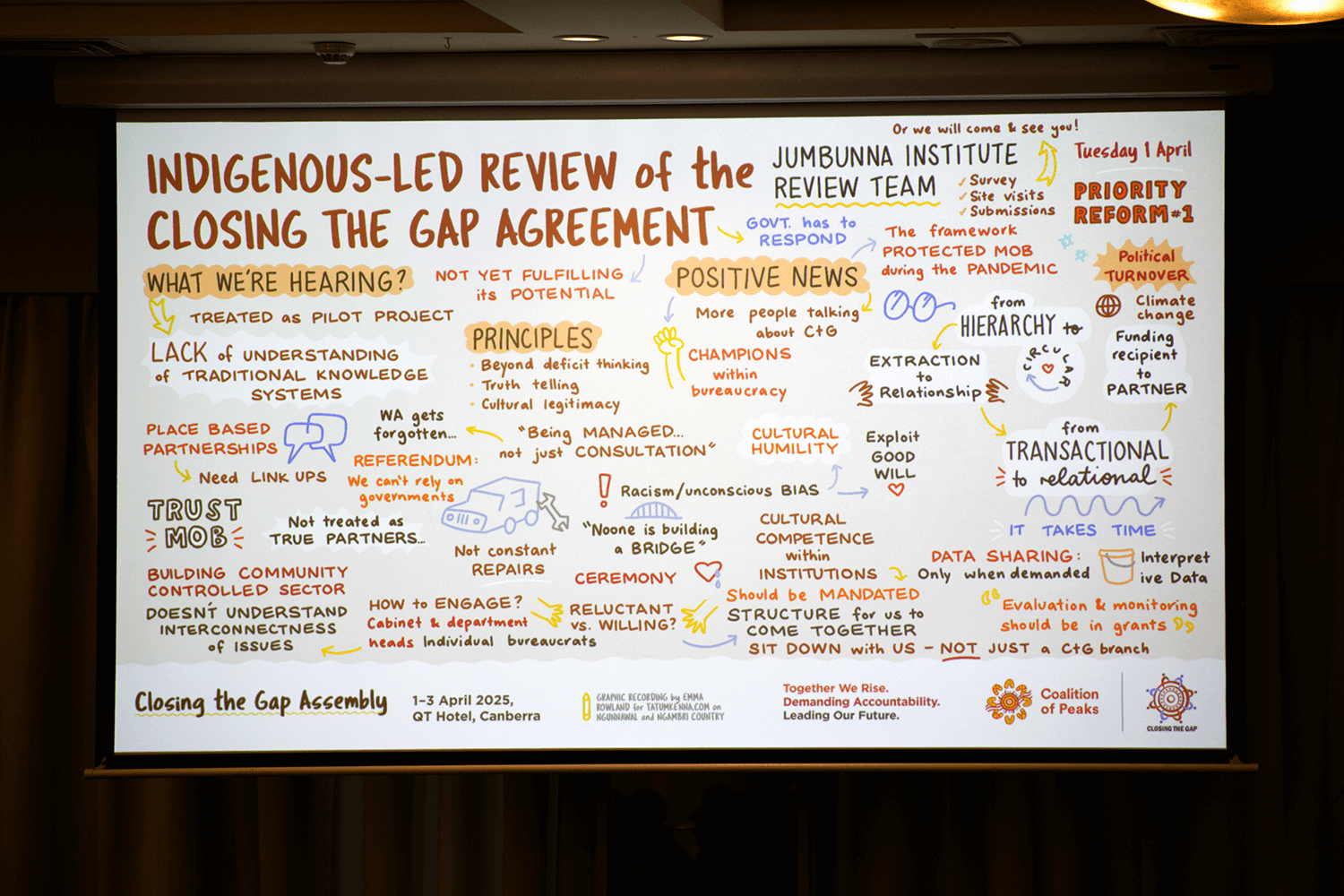
INDEPENDENT Aboriginal and Torres Strait Islander-Led Review of Closing the Gap
Final report Now Available
The Final Report of the first-ever Independent Aboriginal and Torres Strait Islander-led Review of the National Agreement on Closing the Gap is now available.
This Review is the first time Aboriginal and Torres Strait Islander people have led a national assessment of how the Agreement is working on the ground. It puts our perspectives, experiences, and solutions front and centre.
The review engaged widely with Aboriginal and Torres Strait Islander people across the country, through surveys, submissions, community forums, and direct conversations and a clear message emerged: governments are not living up to their commitments. There’s a significant gap between what was committed to in the Agreement and what communities are experiencing.
The Review is a call to action. It makes clear, that for Closing the Gap to succeed, governments must share power, invest in communities, and follow through on their promises.
What the review set out to do
The Independent Review set out to understand how Aboriginal and Torres Strait Islander people experience the National Agreement in practice. Through community forums, surveys, submissions, and interviews, it explored:
How aware people are of the National Agreement
Whether they feel they have a voice in decision-making
Whether governments are genuinely sharing power
How new ways of working are being experienced
What impacts communities are seeing — or not seeing
Expectations for the future
The Review sets out 12 key findings and nine recommendations.
review findings
-
Key Finding 1: The Closing the Gap architecture is broadly sound but is inhibited by inaction
While the Agreement remains a strong framework for change, governments are failing to uphold the spirit and intent of partnership.
-
Key Finding 2: A clear imbalance of responsibilities and resourcing is impeding implementation
The Peaks, ACCOs and communities are doing the heavy lifting while at the same time being under resourced in comparison with governments.
-
Key Finding 3: Progress across the Priority Reforms is interdependent
The Priority Reforms must be understood and implemented as a coherent, interdependent framework, not as standalone initiatives. Each reform reinforces the others.
-
Key Finding 4: The cultural load is heavy
The successes achieved through the National Agreement rely heavily on dedicated individuals and teams across the Commonwealth and State and Territory Governments rather than any systemic approaches to delivering on commitments under Closing the Gap. Linked to this is the reliance of governments on Aboriginal and Torres Strait Islander public servants as bearing responsibility for government transformation.
-
Key Finding 5: Communication and education on Closing the Gap is inappropriate and insufficient
The absence of appropriate and targeted communication and education about Closing the Gap progress has led to community negativity and perceived slow progress on targets vs actual progress.
Appropriate communication strategies and resources that are accessible in a range of ways, and disseminated in the communication channels communities prefer, is needed to raise awareness and understanding.
-
Key Finding 6: Governments have yet to commence any genuine transformative work
Governments continue with business-as-usual approaches that are inconsistent with their commitments under the National Agreement and are not yielding widespread impact. Government remains ignorant of the cultural side of transformation required by their own systems. Governments must look to structural reforms, improvements and power shifts as essential
-
Key Finding 7: Accountability and transparency are critical
Multi-jurisdictional independent accountability mechanisms are urgently needed to provide oversight and monitoring of government efforts. Implementing these mechanisms will ensure greater action across agreed priority areas, reduce the strain and frustration of Aboriginal and Torres Strait Islander communities and bring the partnership into true equilibrium.
-
Key Finding 8: Funding reform is needed
Current funding approaches are fragmented, short-term, and inflexible. Long-term, secure, and community-led investment is essential.
-
Key Finding 9: Expanded efforts are needed by the Aboriginal and Torres Strait Islander community-controlled sector
Aboriginal and Torres Strait Islander community-controlled organisations are key to delivering change — but need better support, coordination, and opportunities for shared learning, growth, capability and capacity building.
-
Key Finding 10: Racism is not being addressed
Structural racism within government and mainstream systems continues to block progress and must be actively dismantled.
-
Key Finding 11: A return to bipartisanship at the political level is critical
The National Agreement requires a stable, long-term, bipartisan commitment across all levels of government.
-
Key Finding 12: The National Agreement is grounded in principles of global human rights standards, including self-determination and non-discrimination
The ultimate goal of the Agreement is equity — ensuring Aboriginal and Torres Strait Islander people enjoy the same rights, opportunities, and outcomes as other Australians.
Key recommendations
The Review made nine recommendations to help governments uphold their commitments under the National Agreement and shift from business-as-usual to real partnership, accountability, and systems reform.
-
Recommendation One: Initiate a dialogue to align the visions of the Parties
a) Align the visions:
The Joint Council should initiate a dialogue to align the visions of the Parties as they implement Closing the Gap. This process should be grounded in truth-telling, cultural respect, and a commitment to right relationship. -
Recommendation Two: Drive genuine transformation within governments through systemic and structural changes
a) Embed systemic change into leadership contracts and KPIs.
b) Address the cultural load.
c) Recognising First Nations' worldviews as separate from Western worldviews.
d) Local Government needs to step up to their Closing the Gap commitments under the National Agreement
-
Recommendation Three: Reform funding systems
a) Resource Aboriginal and Torres Strait Islander organisations equitably to deliver on shared outcomes.
Funding must match the scope of responsibilities expected under the National Agreement. This includes core and sustainable funding that goes beyond short-term project delivery and supports long-term planning, governance, and workforce development.
-
Recommendation Four: Implement the existing roadmap on monitoring and accountability
Governments must embed shared decision-making with Aboriginal and Torres Strait Islander people across policy, service delivery, and accountability — not just consultation.
a) Implement the Independent Mechanisms.
b) Shift from transactional to relational accountability.
-
Recommendation Five: Initiate a community-controlled sector-led self evaluation
a) Undertake a self-evaluation process.
b) Strengthen unity.
c) Build capacity and capability.
d) Support cross-sector collaboration.
-
Recommendation Six: Improve how information about Closing the Gap and the National Agreement outcomes are communicated by all Parties
Improving communication is critical to restoring trust, supporting accountability, and ensuring communities can meaningfully engage with the National Agreement.
a) Communicate regularly.
b) Communicate in ways preferred by community.
c) Communication must not be one-way.
-
Recommendation Seven: Action Indigenous Data Sovereignty and Governance principles
a) Embed and action Indigenous Data Sovereignty.
b) Build community data capability and infrastructure.
c) Share data as a matter of priority.
d) Simplify and demystify data.
-
Recommendation Eight: Examine areas for future inclusion in the National Agreement
While Closing the Gap targets were developed to be purposefully staged, there is a strong argument to include areas that are of immediate importance, but which are not currently reflected in the National Agreement.
a) Elders and older people target.
b) Climate change.
-
Recommendation Nine: Consider opportunities for strengthening the National Agreement
Communities need accessible, plain-language information about the Agreement, their rights, and how to get involved.
a) Strengthen the visibility and recognition of Stolen Generations survivors.
b) Strengthen the relationship between the Policy and Place-Based Partnerships.
About the Review
The Independent Aboriginal and Torres Strait Islander-led Review is a standing commitment under the National Agreement (Clauses 125–127).
It is designed to complement the Productivity Commission’s formal reviews by capturing the insights and lived experience of Aboriginal and Torres Strait Islander people. The Review is entirely independent of government.
It was conducted by the Jumbunna Institute for Indigenous Education and Research, with Aboriginal and Torres Strait Islander researchers involved at every stage.
The process included:
A national online survey
A national submission process
In-depth forums in six Clause 39 place-based partnership locations:
East Kimberley (WA), Maningrida (NT), Doomadgee (QLD), Tamworth (NSW), Gippsland (VIC), and Western Adelaide (SA)
Stakeholder interviews
The Closing the Gap Assembly on Ngunnawal and Ngambri Country (Canberra), April 2025
Review Timeline
12 Feb: Nominations opened for Assembly
24 Feb: Nominations closed
Feb – April: Submissions open
Early March: Successful delegates notified
1–3 April: Closing the Gap Assembly held
16 April: Submissions closed
24 April: National survey closed
May: Review finalised
June: Findings shared with participants and Coalition of Peaks
June: Findings tabled at Joint Council
Highlights from the April 2025 Closing the Gap Assembly
From 1–3 April 2025, Aboriginal and Torres Strait Islander representatives from across the country came together on Ngunnawal and Ngambri Country.
It was a powerful space of truth-telling, sharing lived experience, and shaping the path forward. The discussions at the Assembly informed a part of the Review’s findings.
Closing The Gap Assembly on Ngunnawal and Ngambri Country. April 2025.

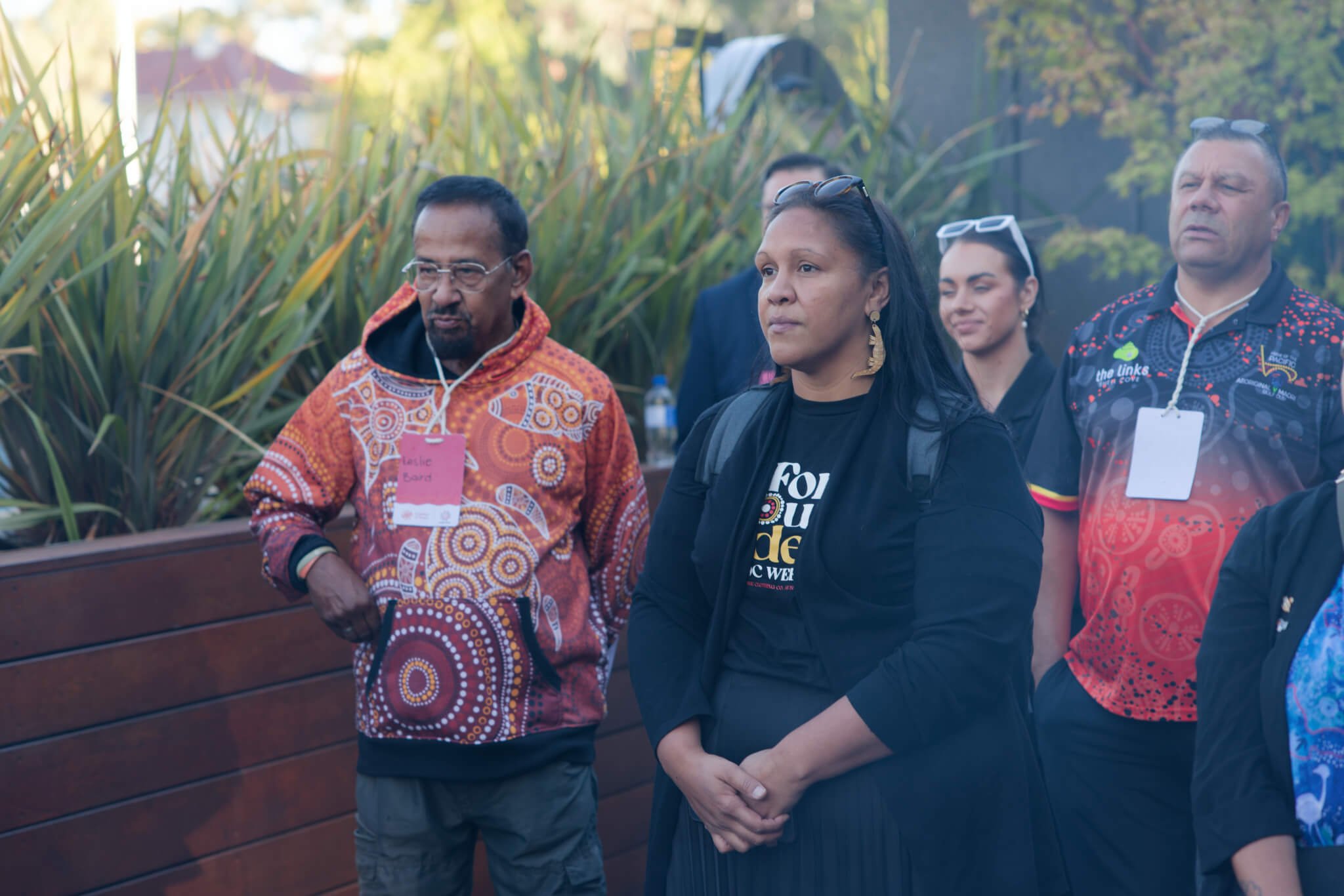
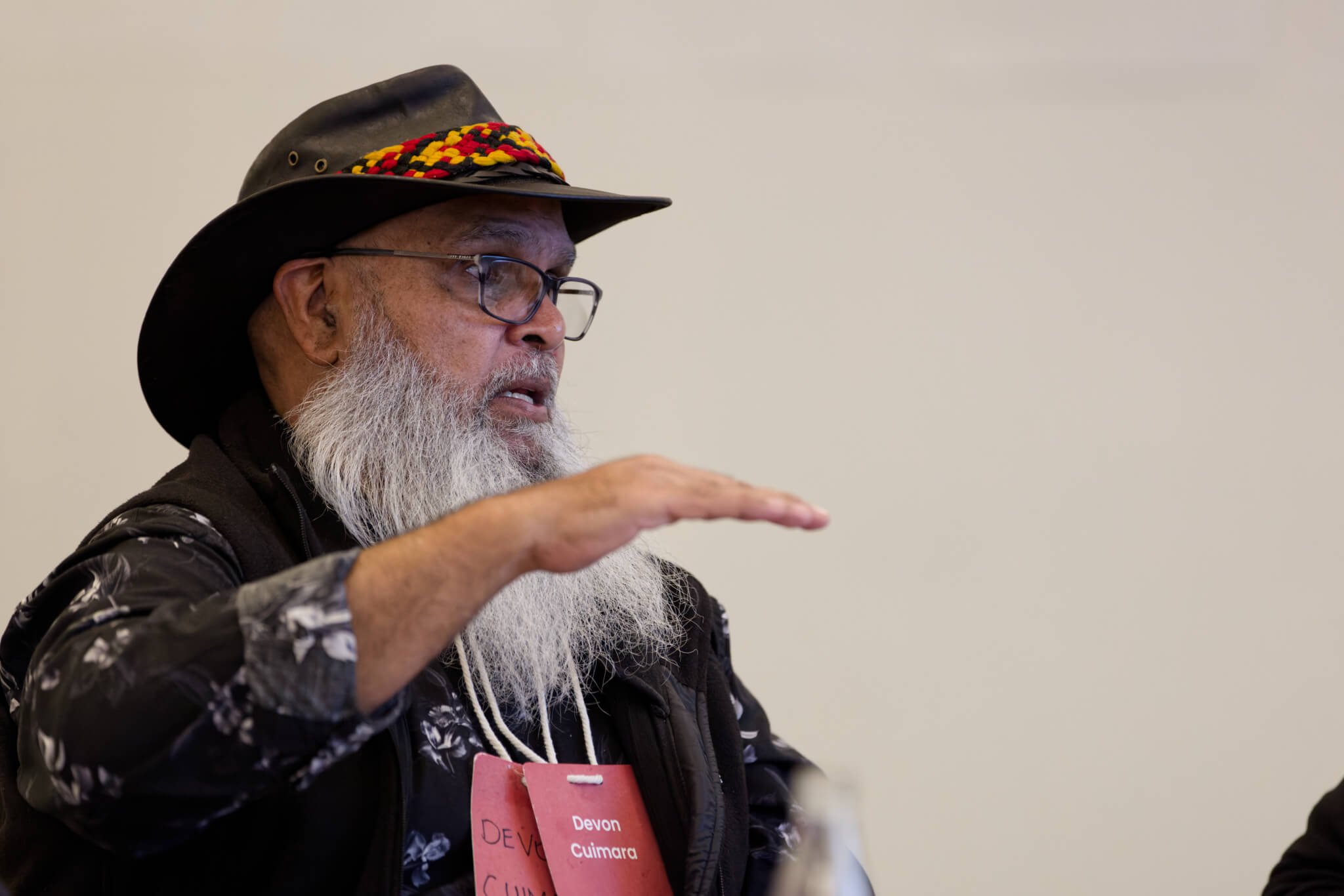
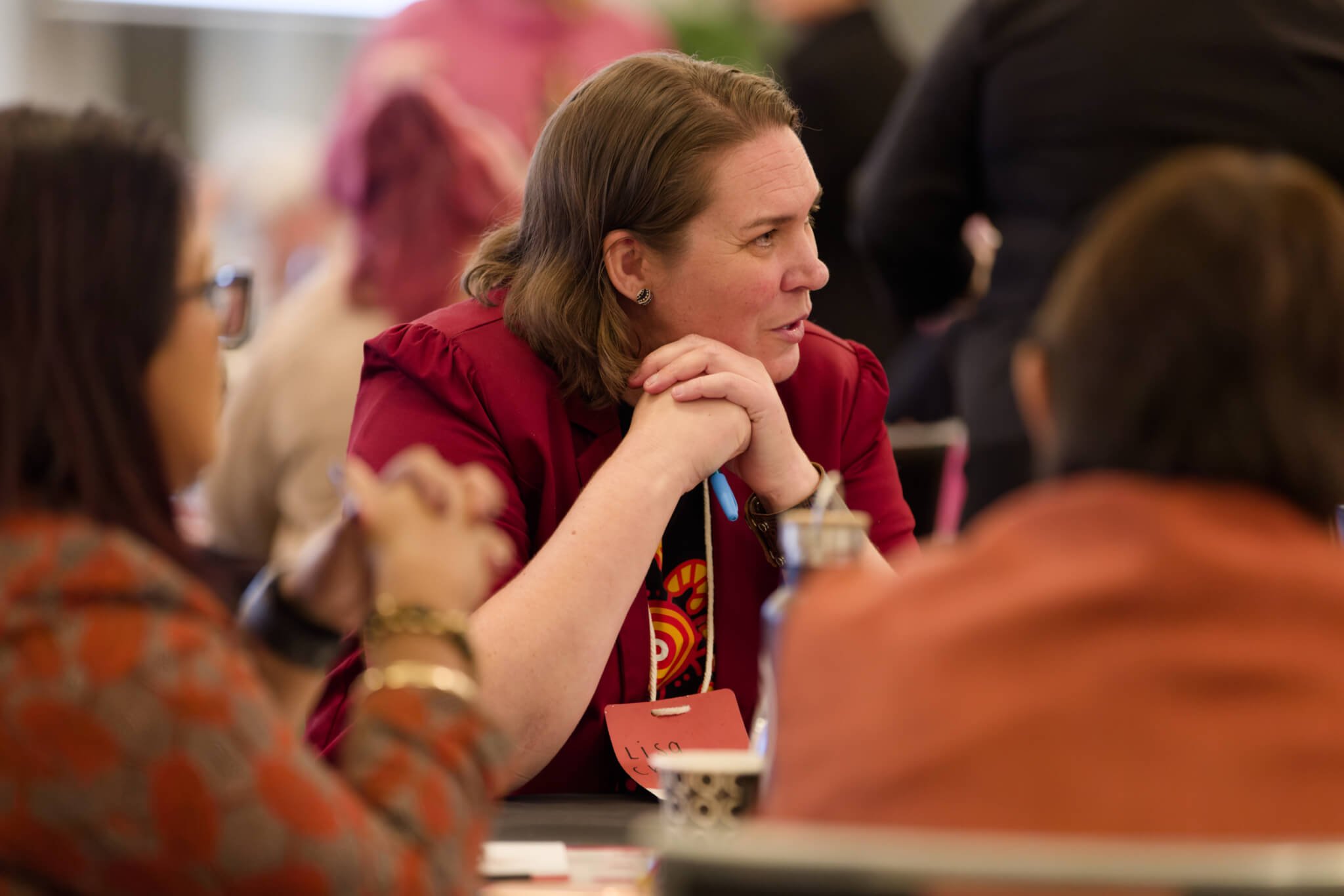
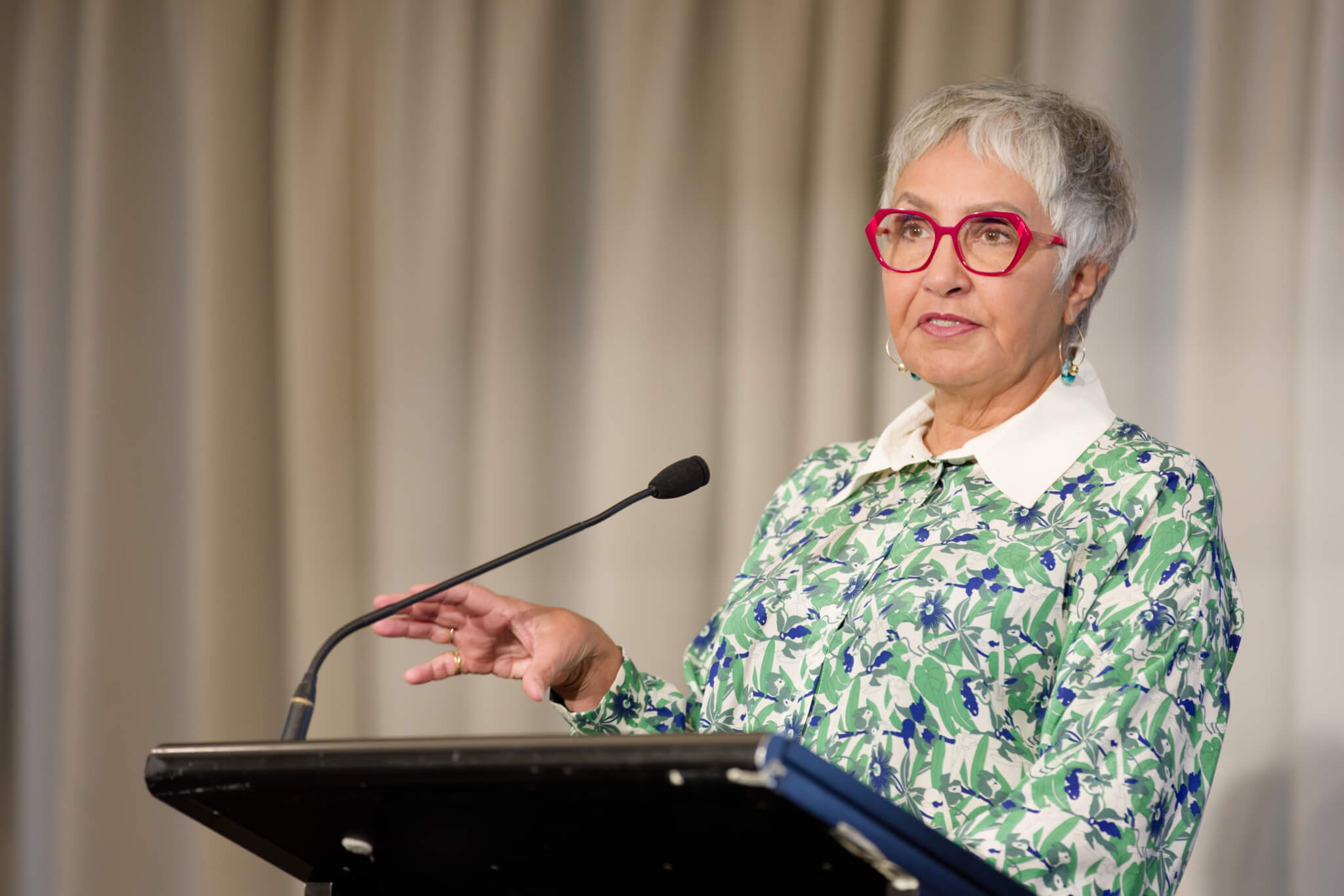
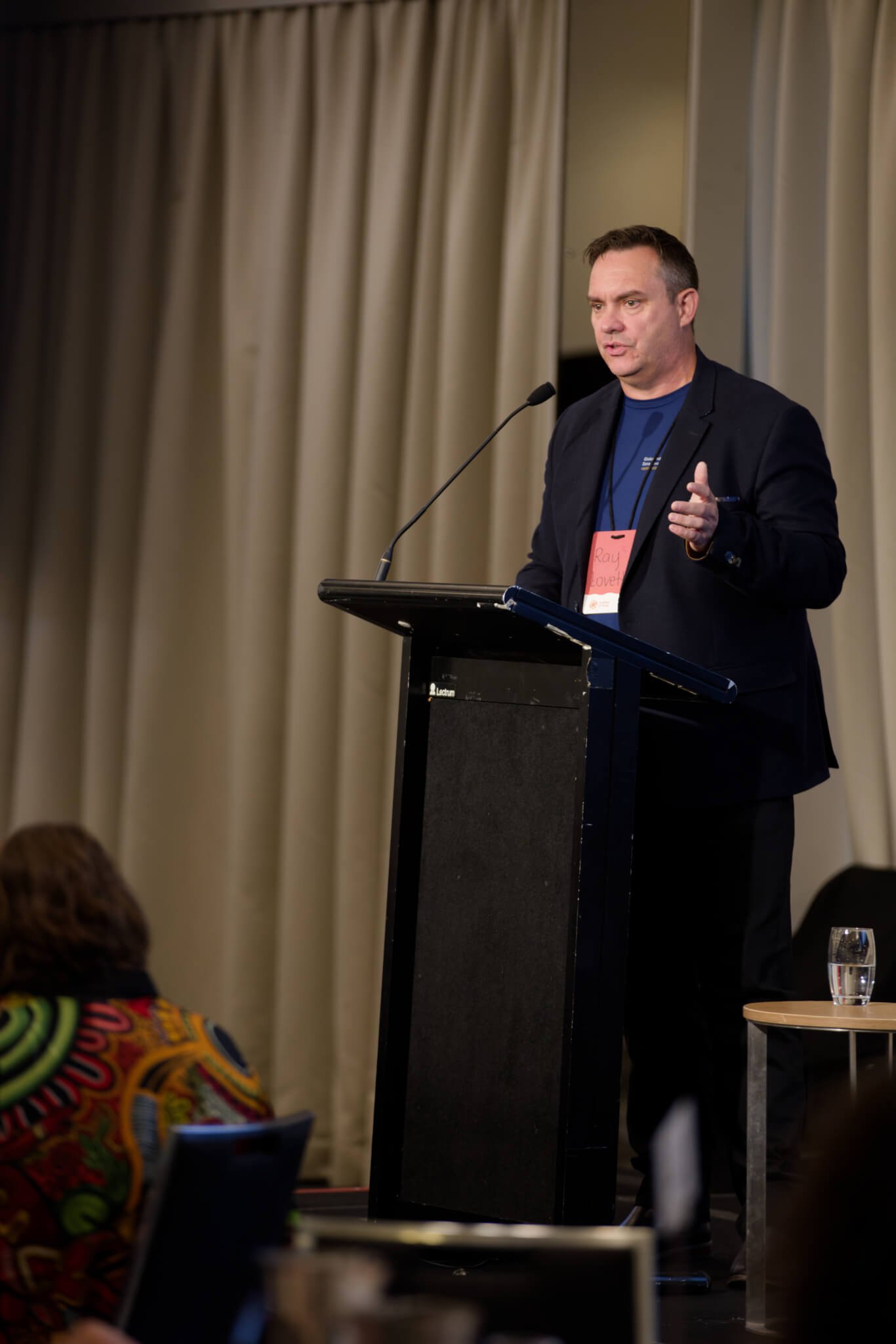
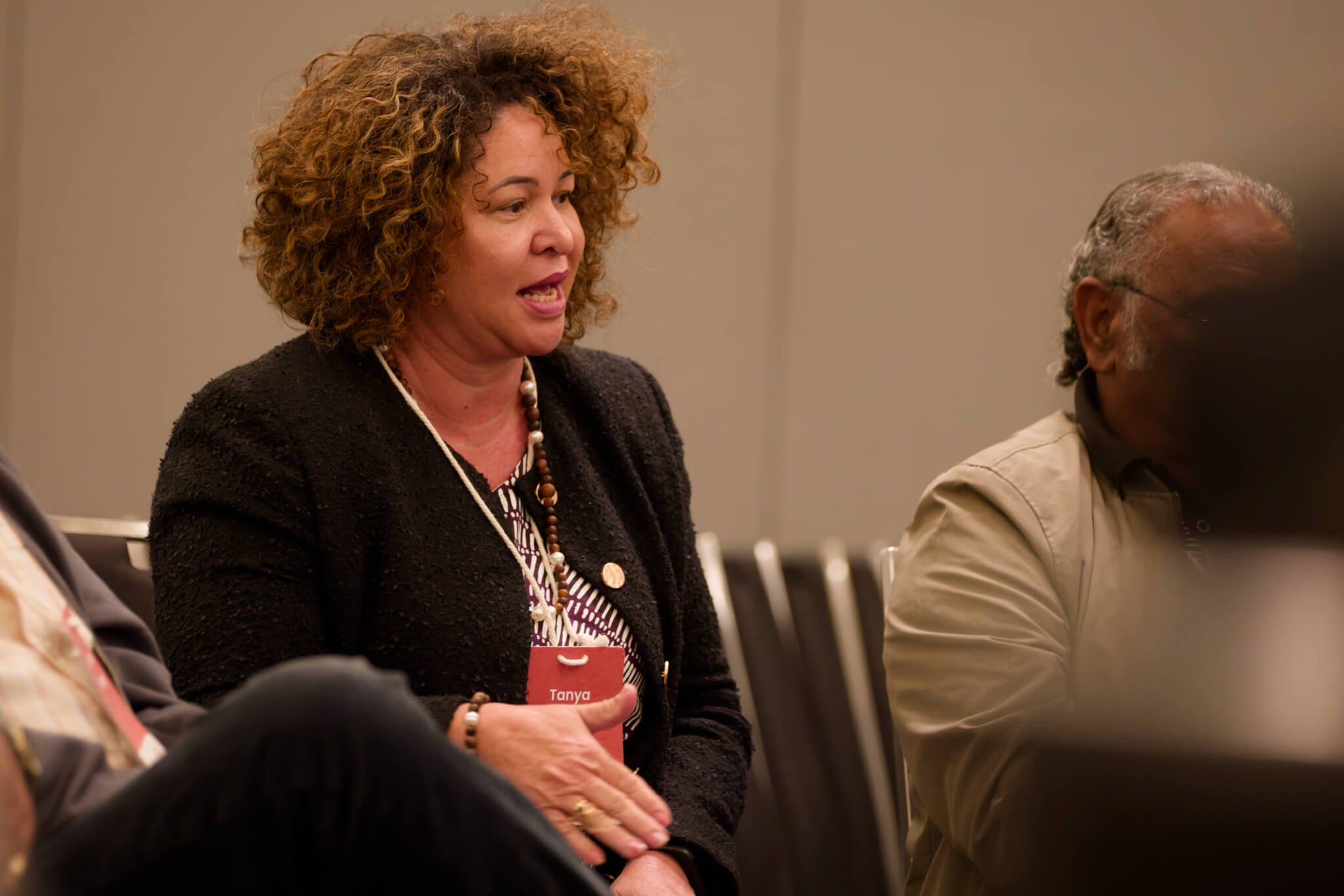
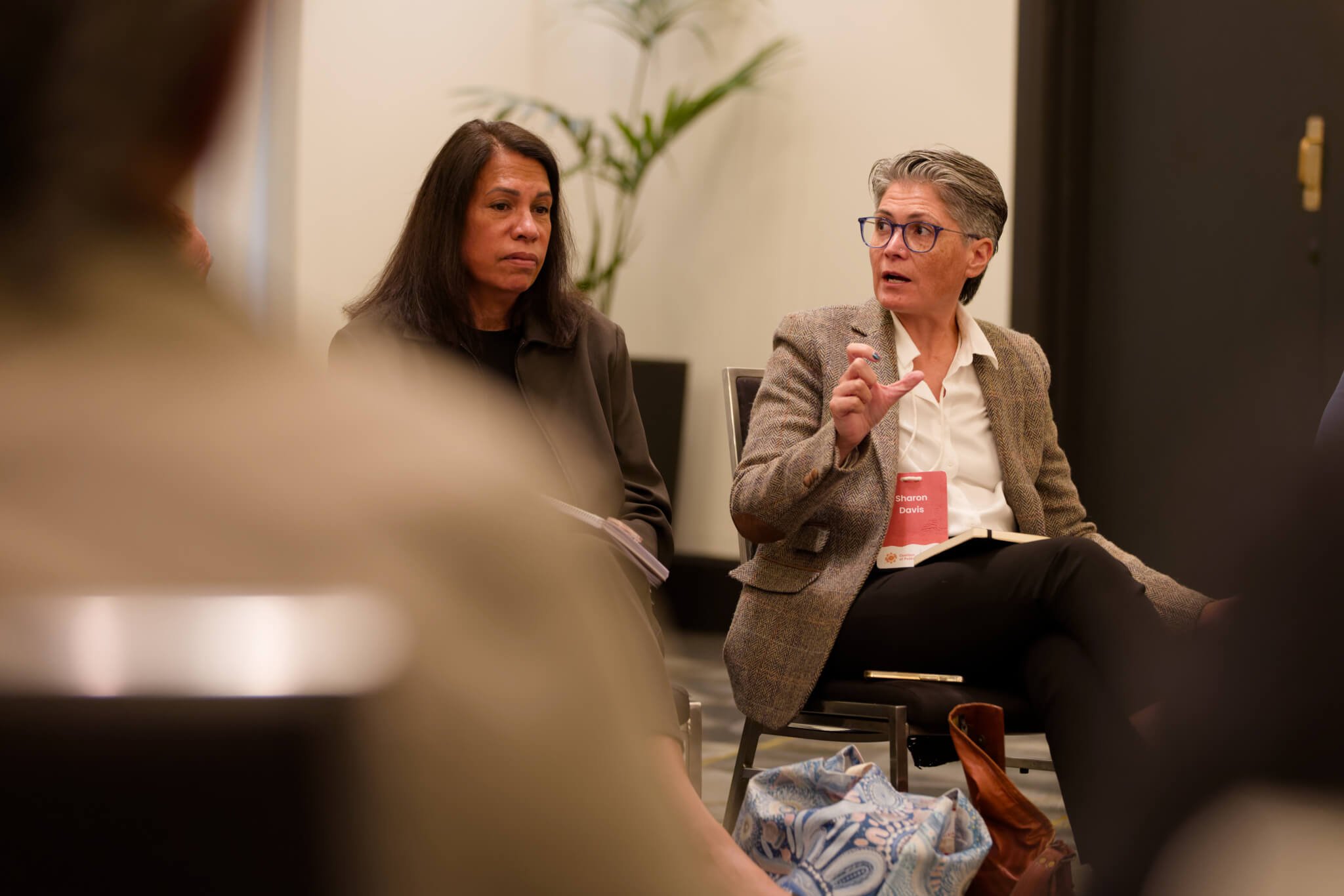
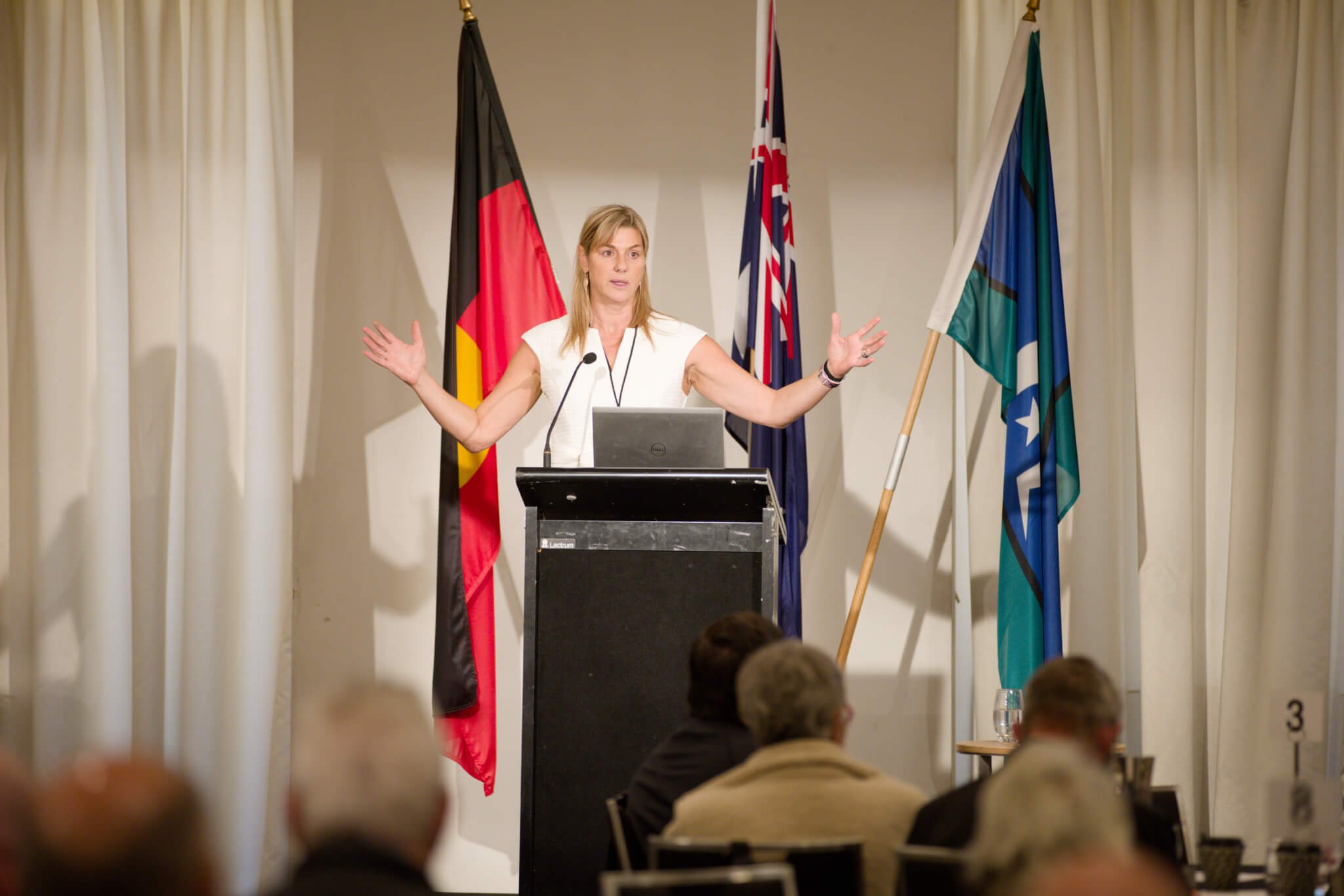
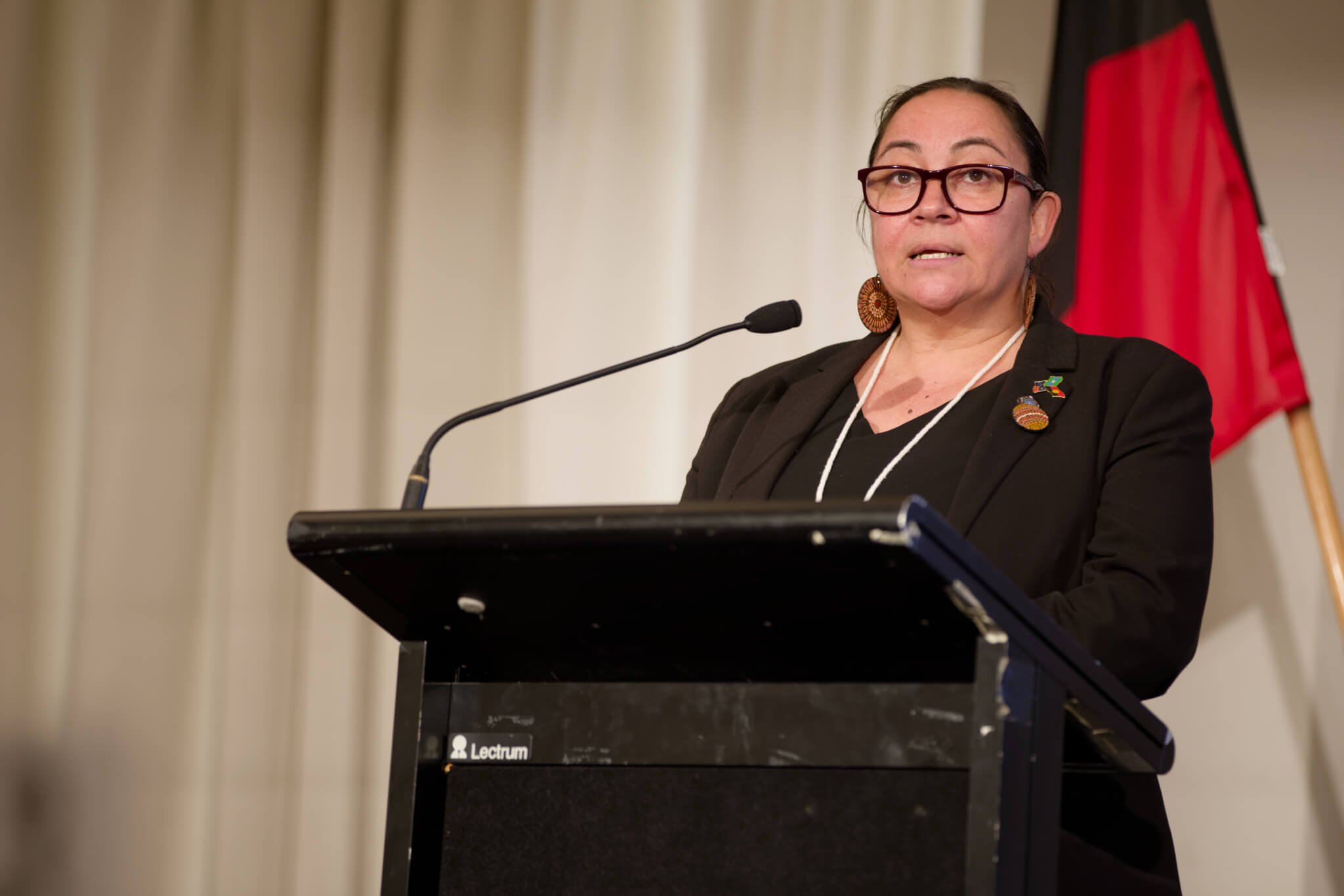

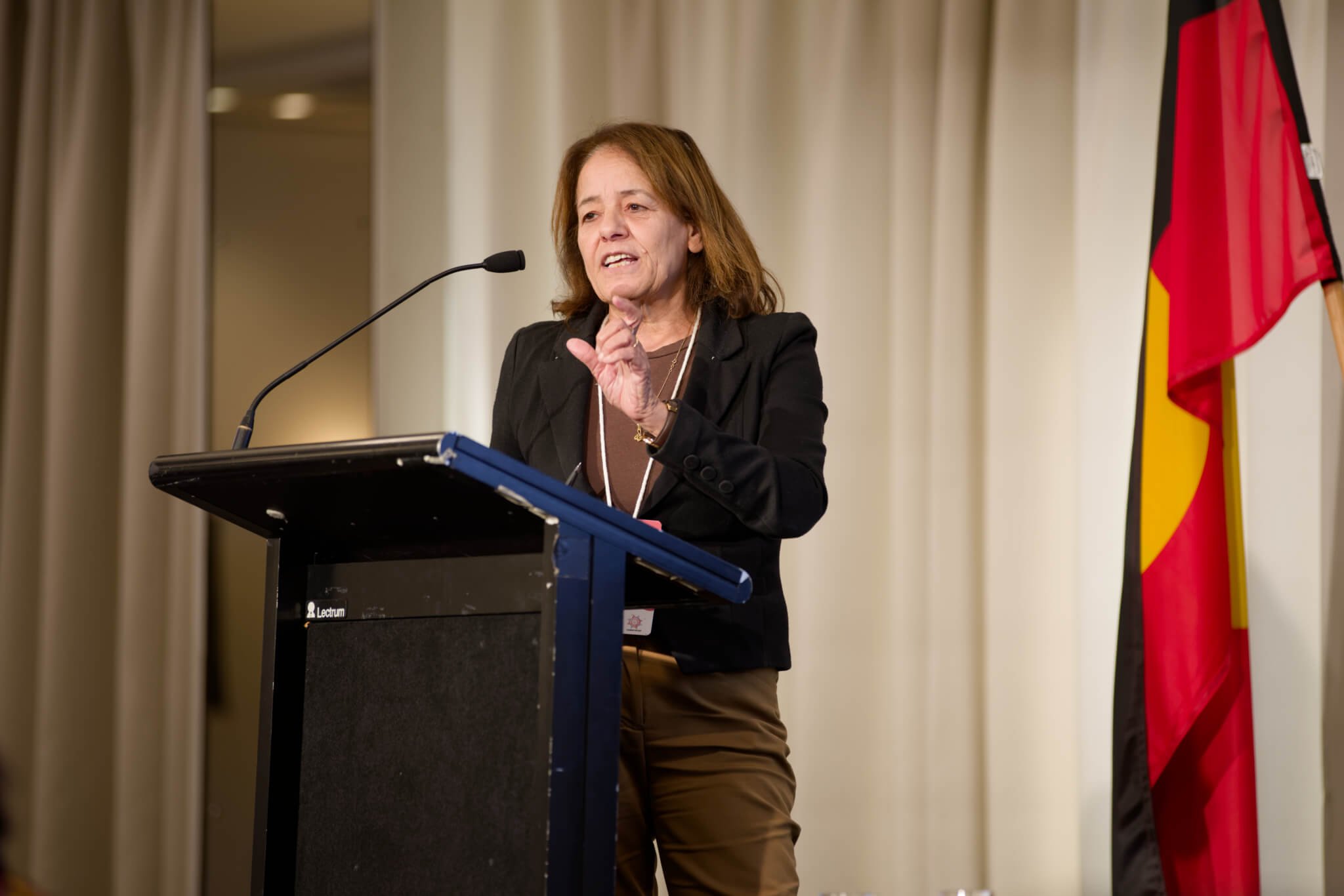
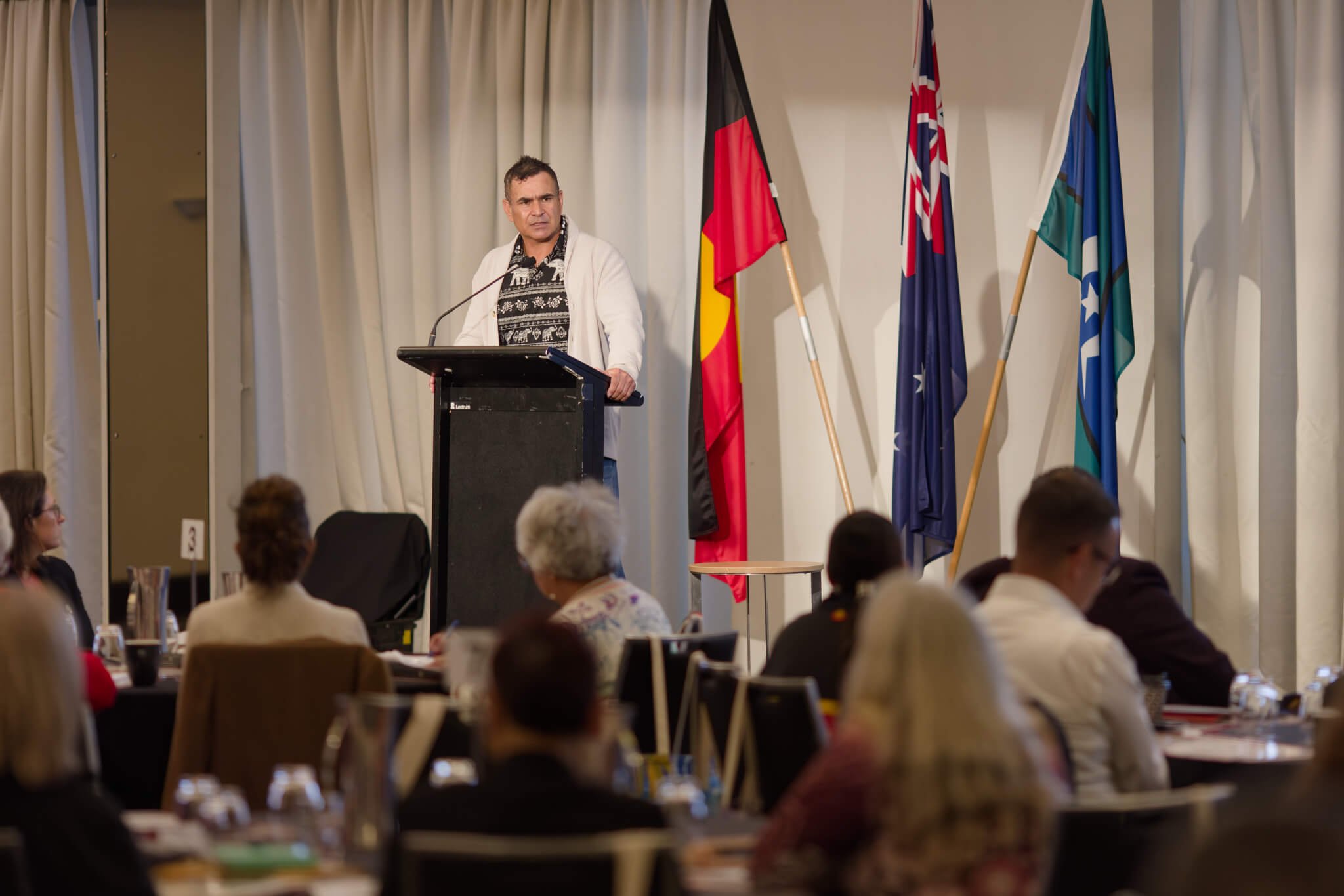
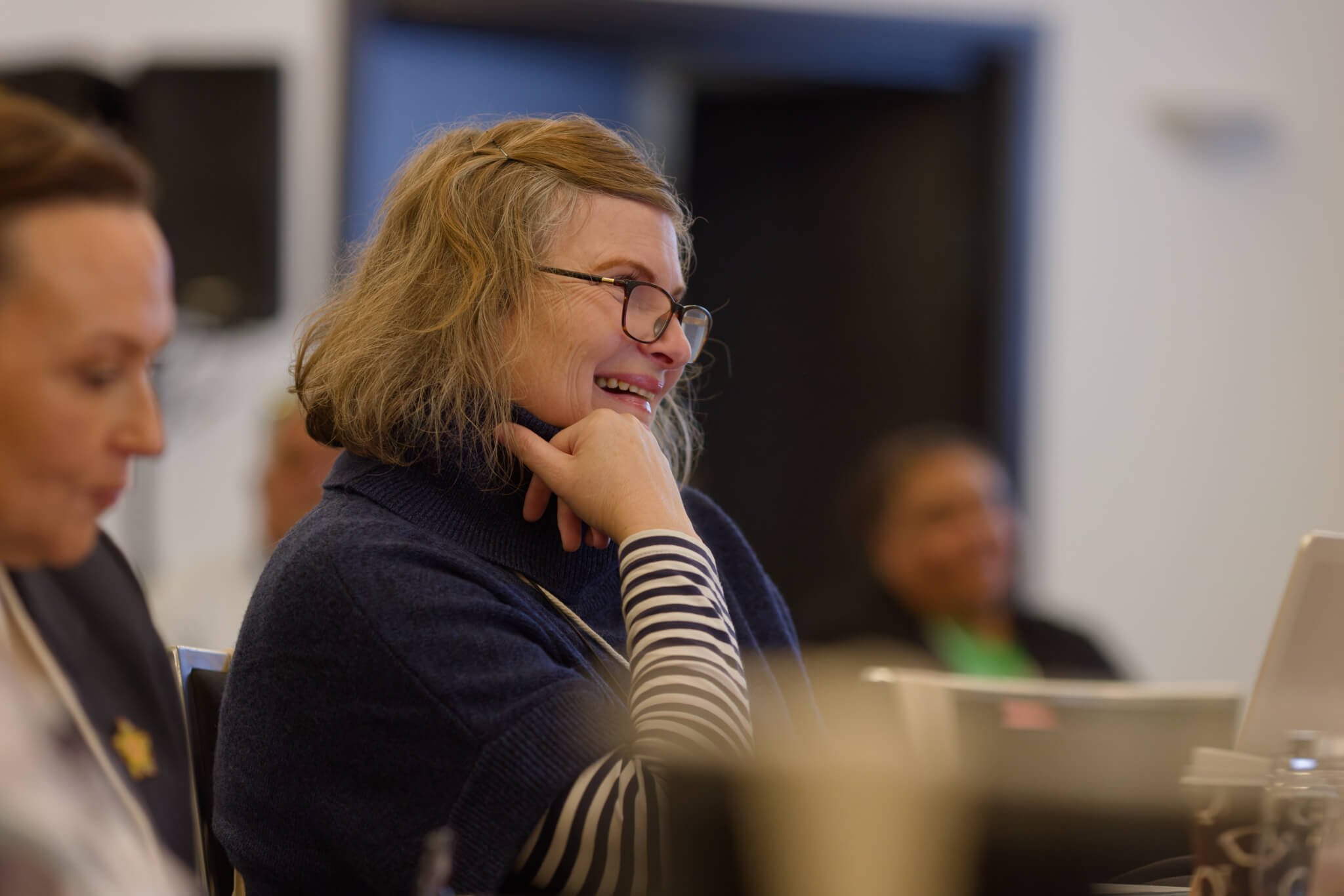

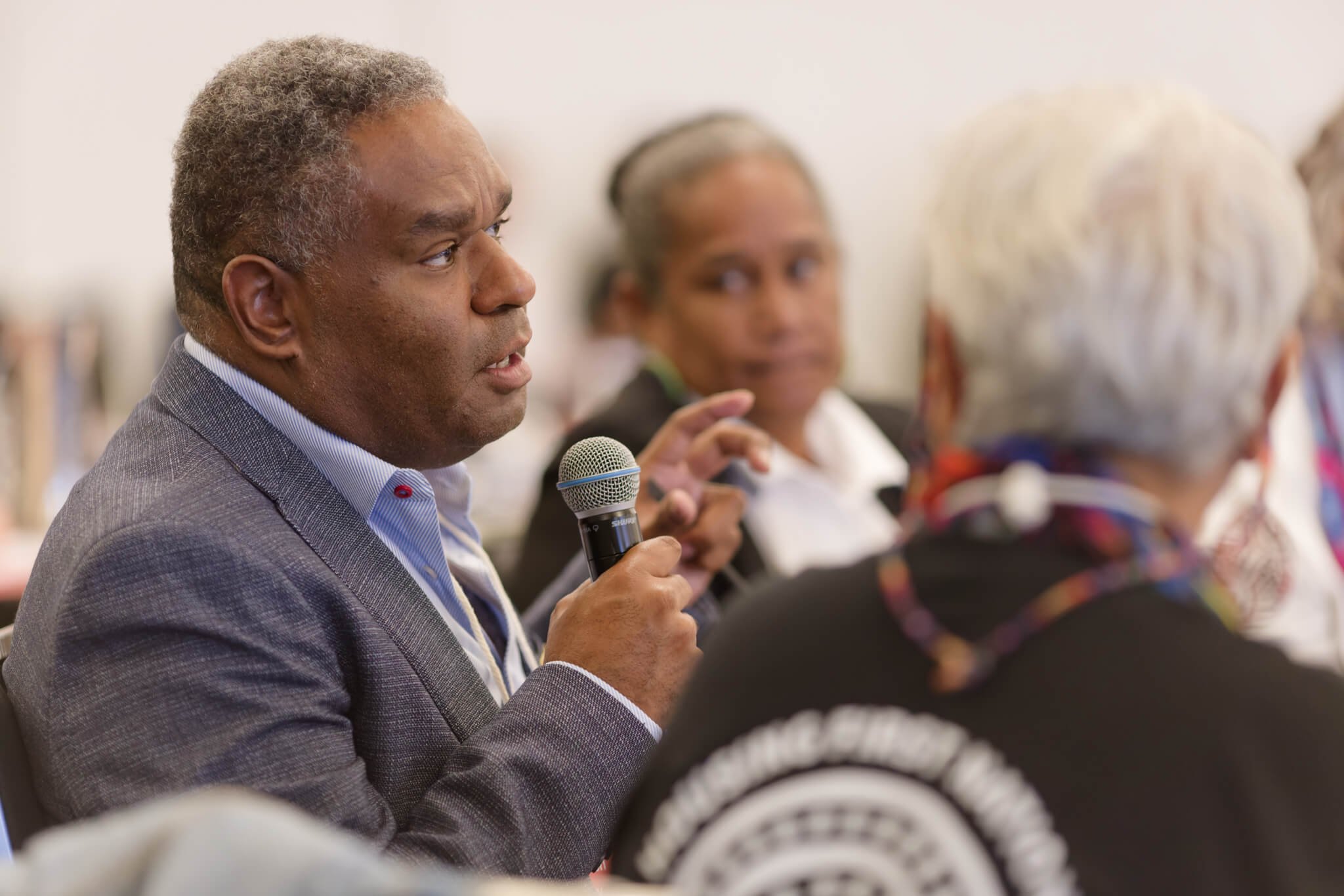
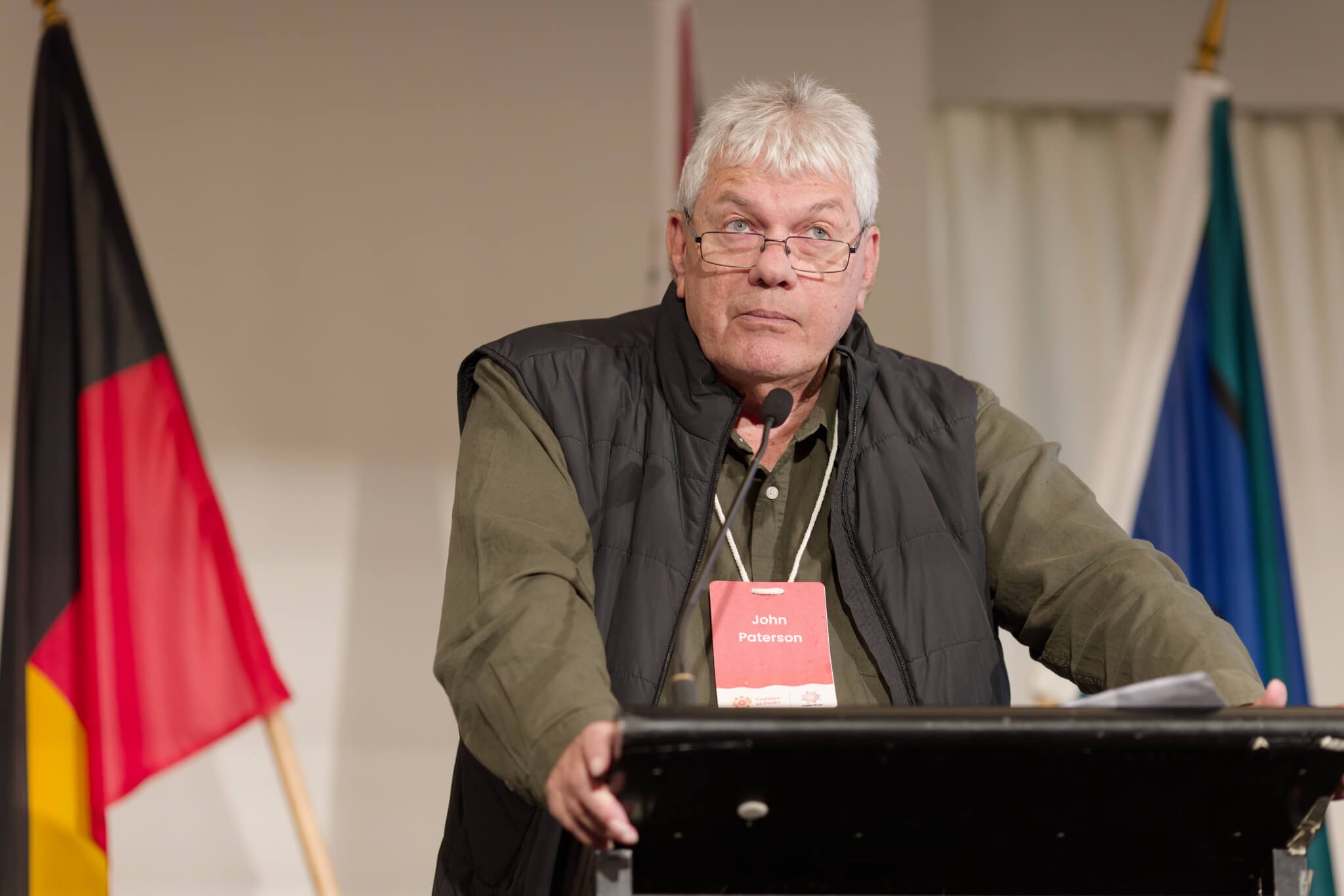
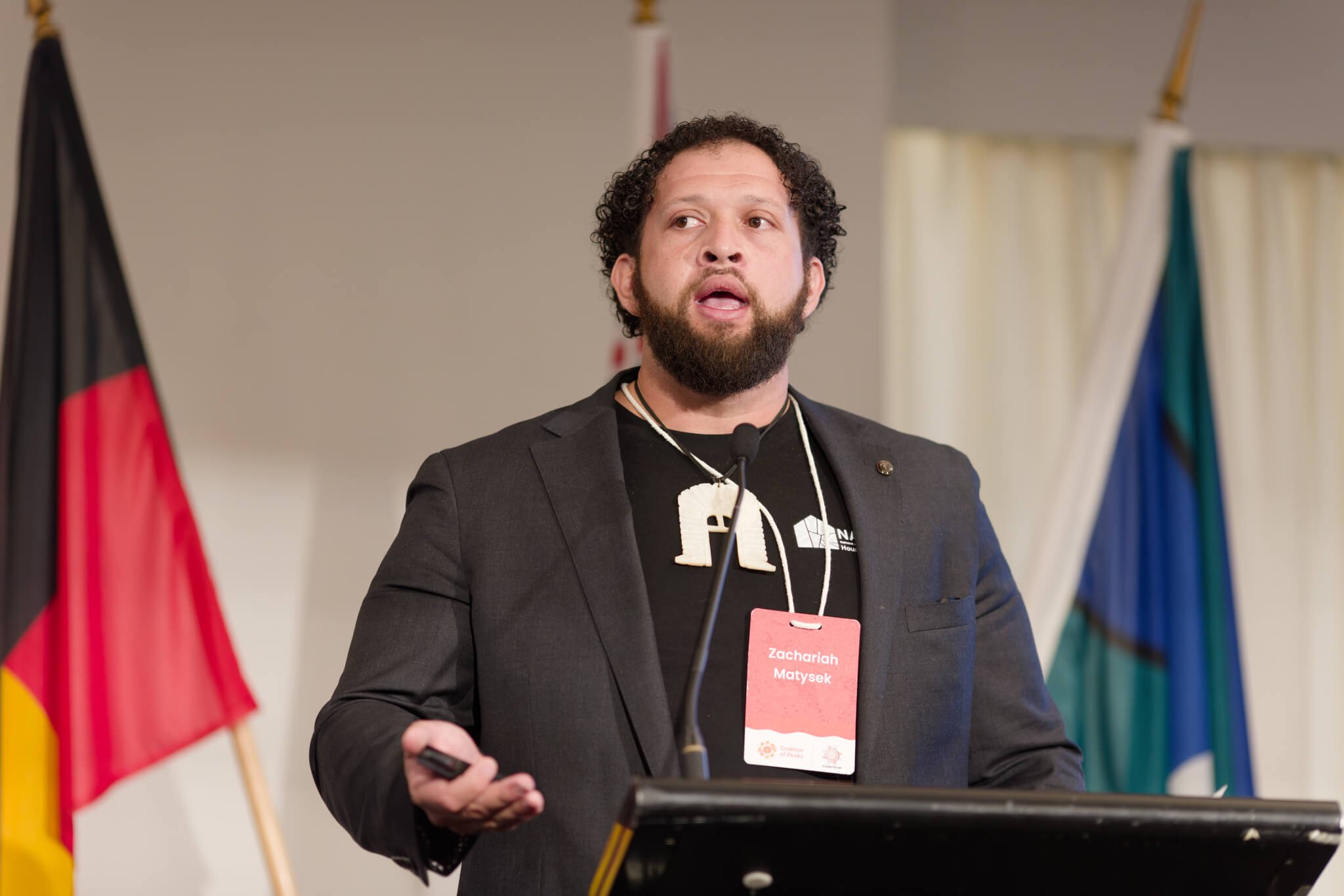
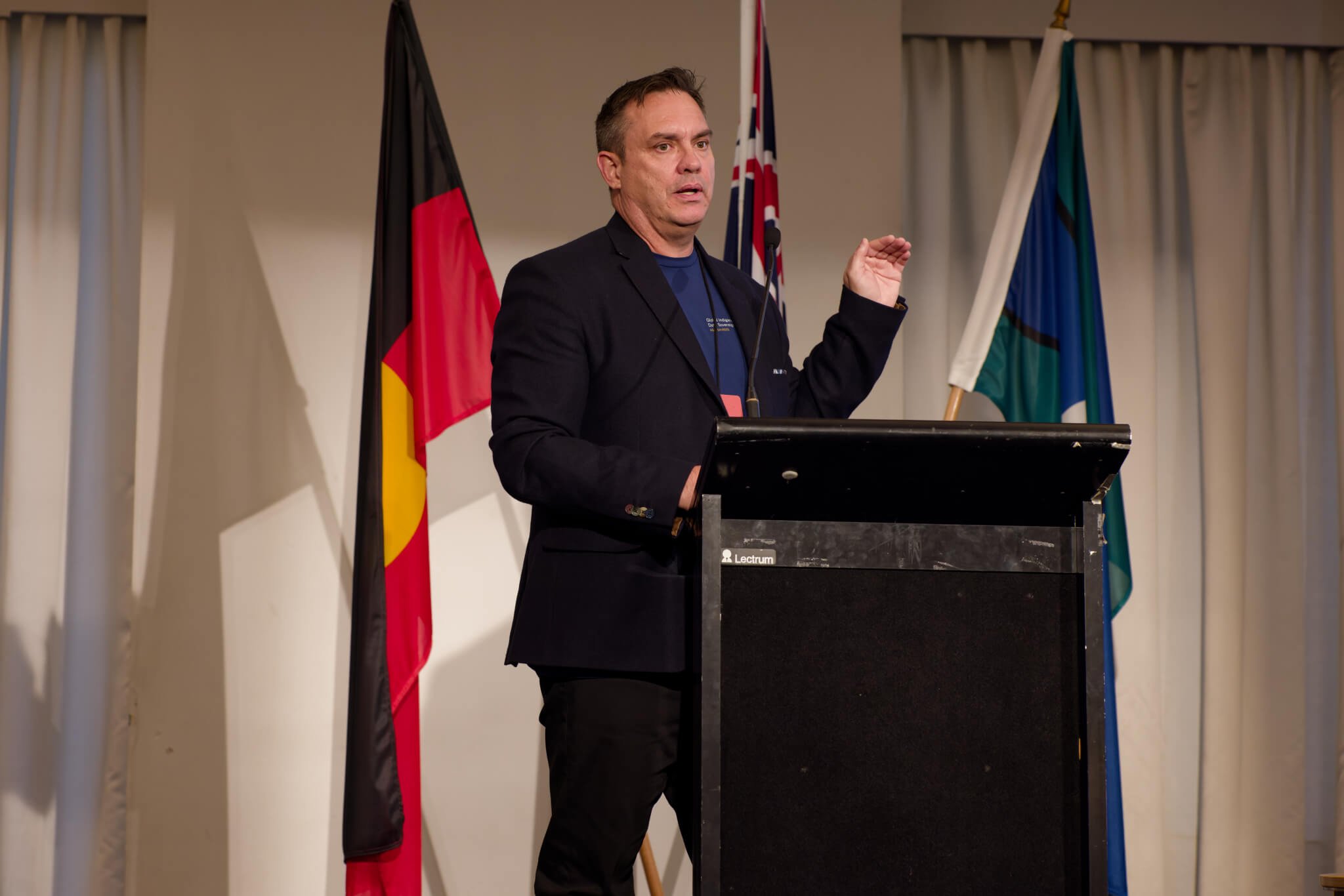

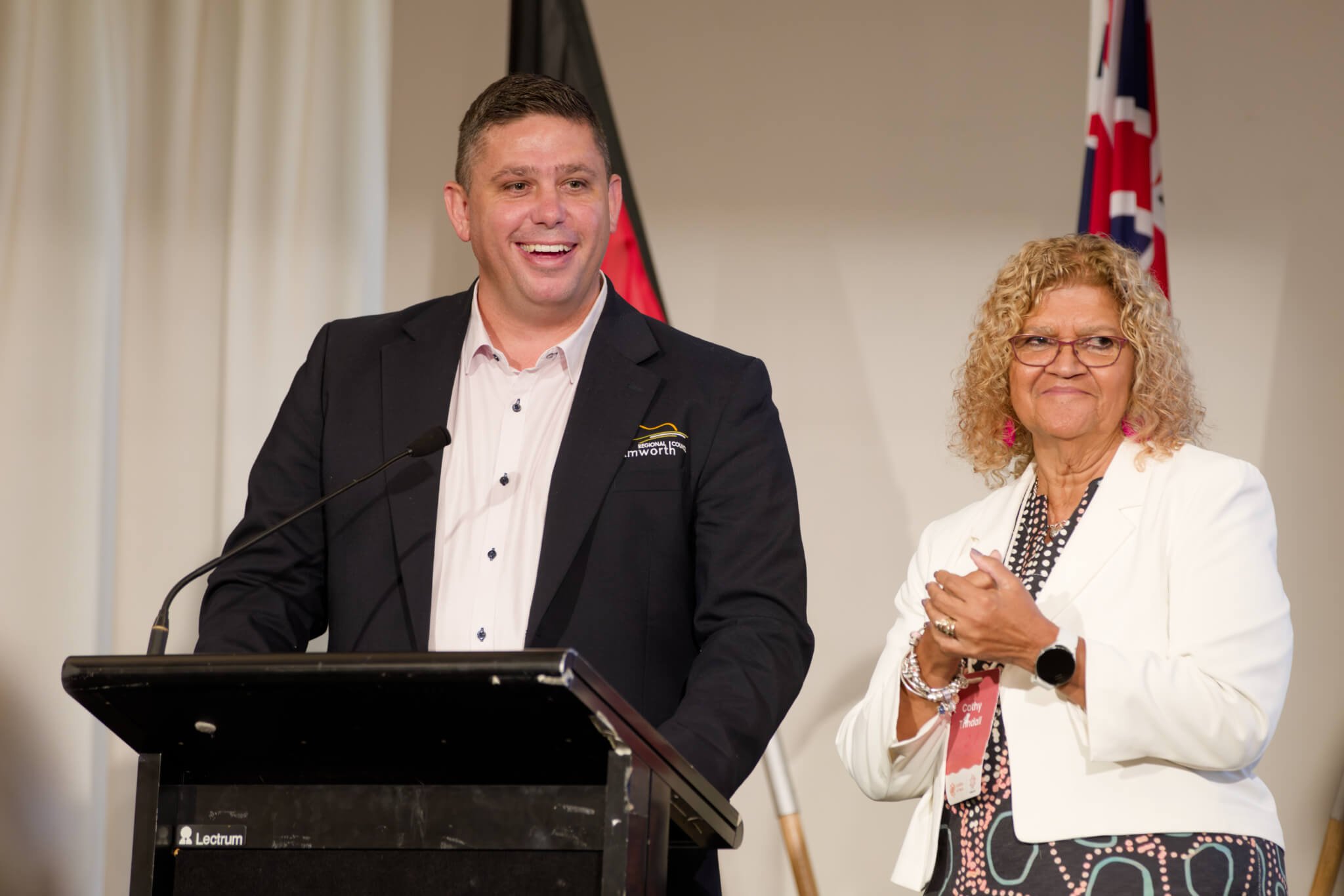
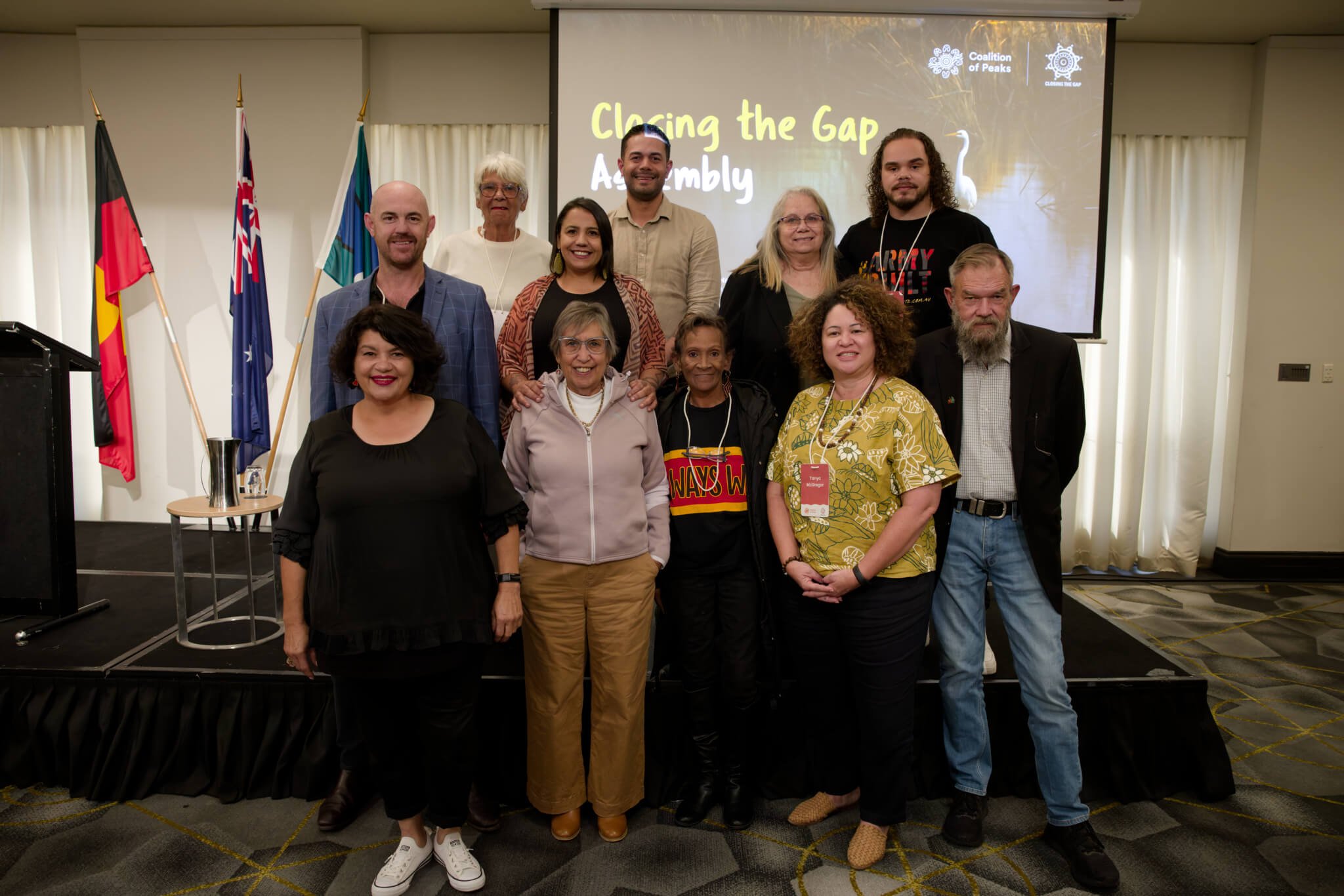
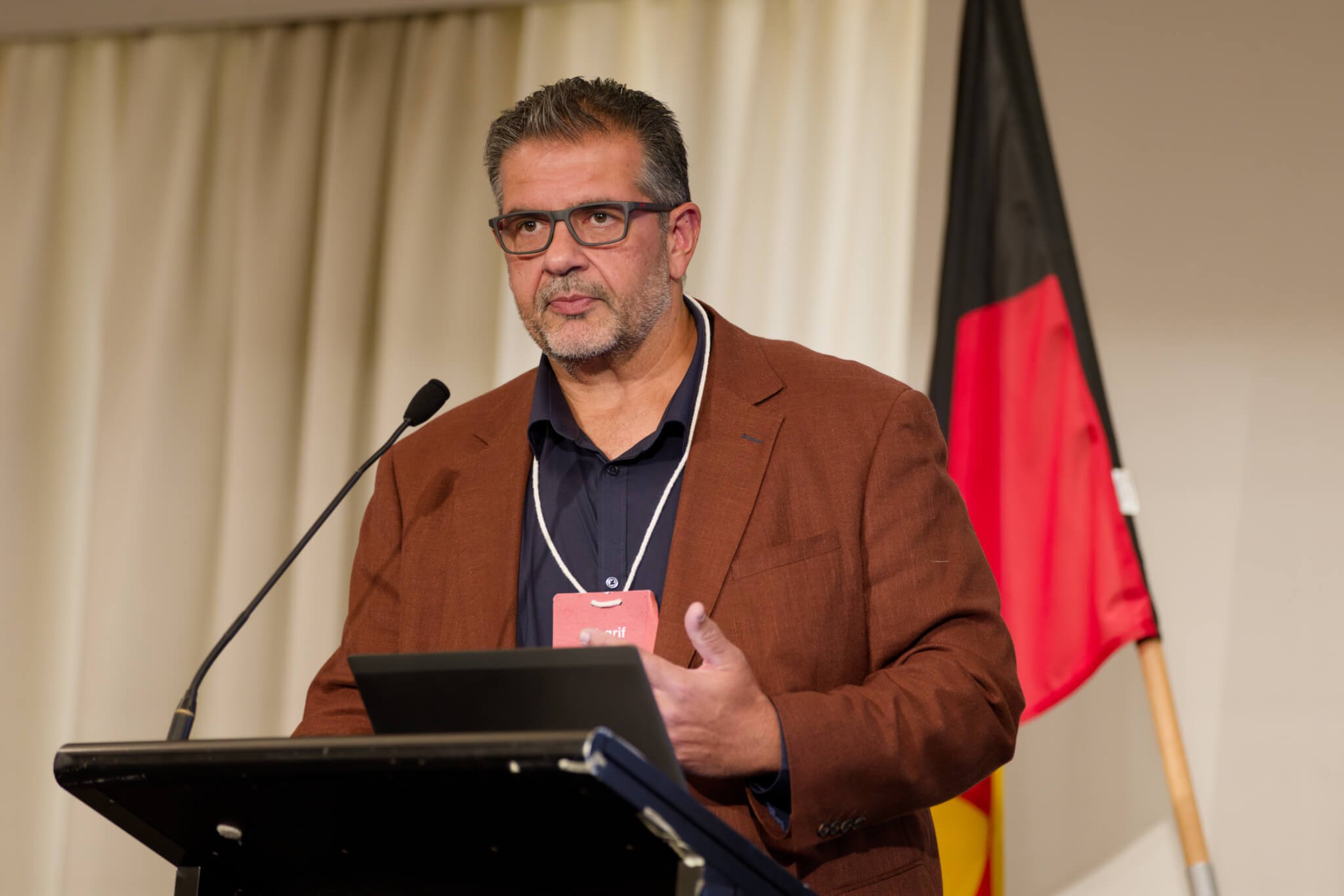
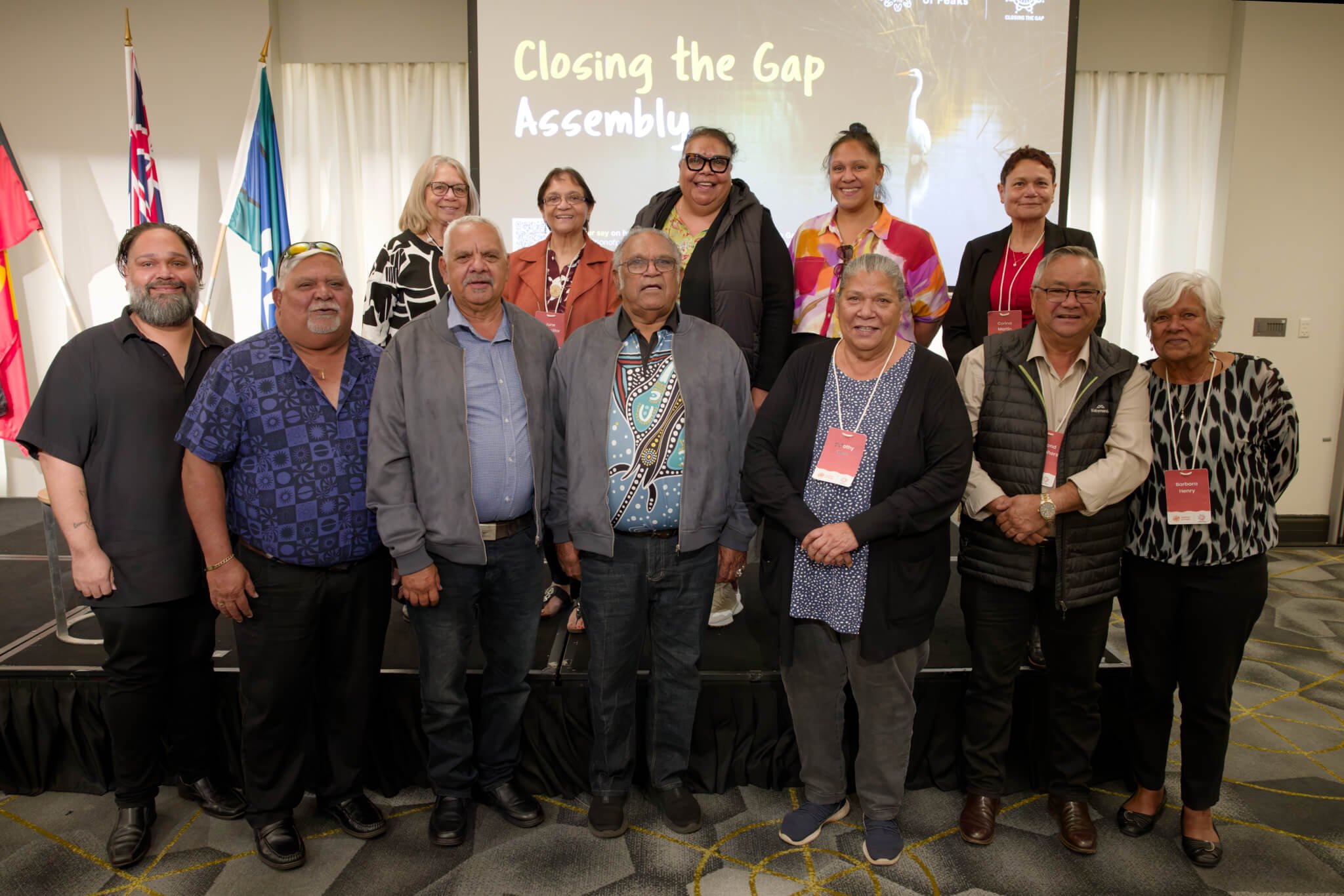
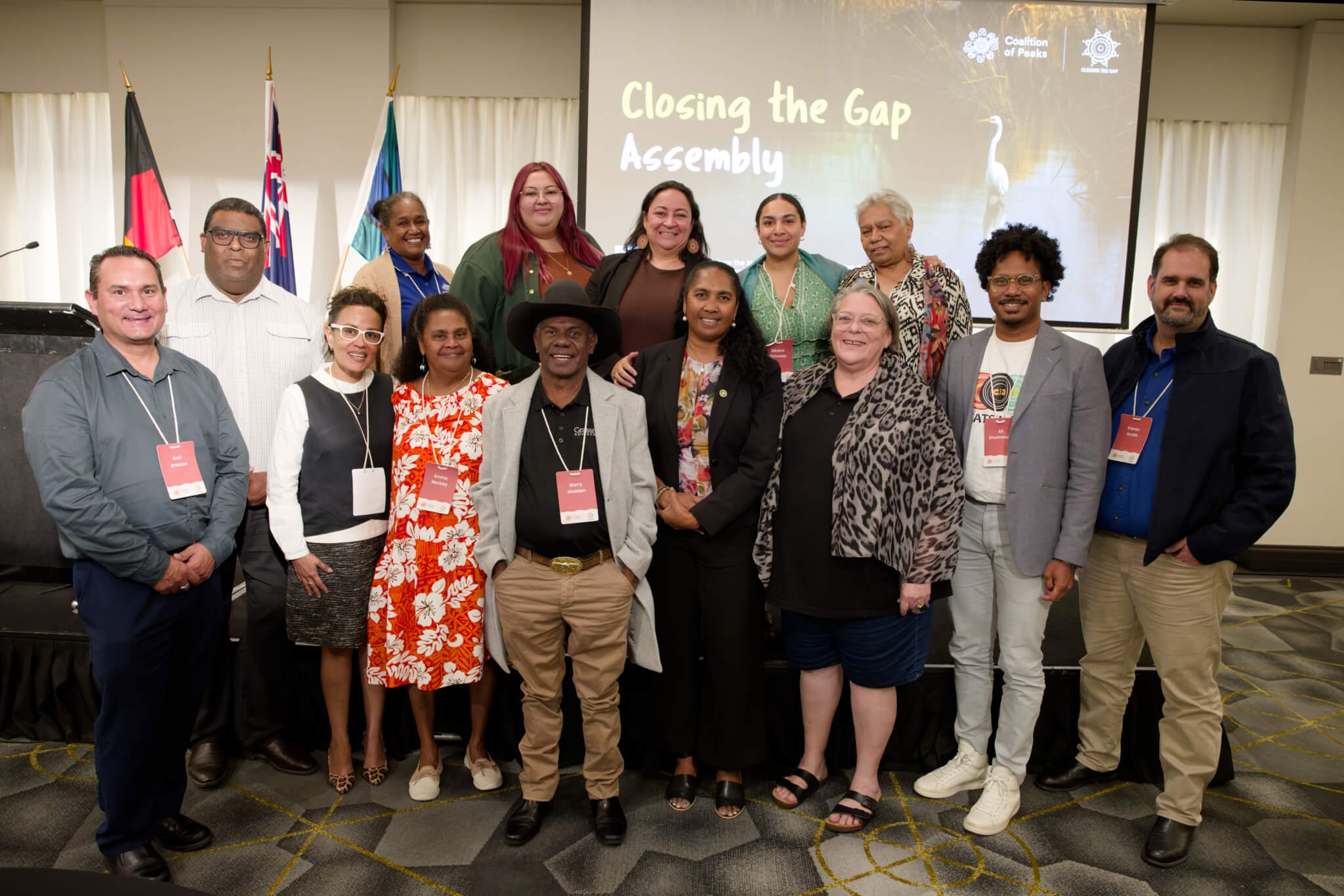
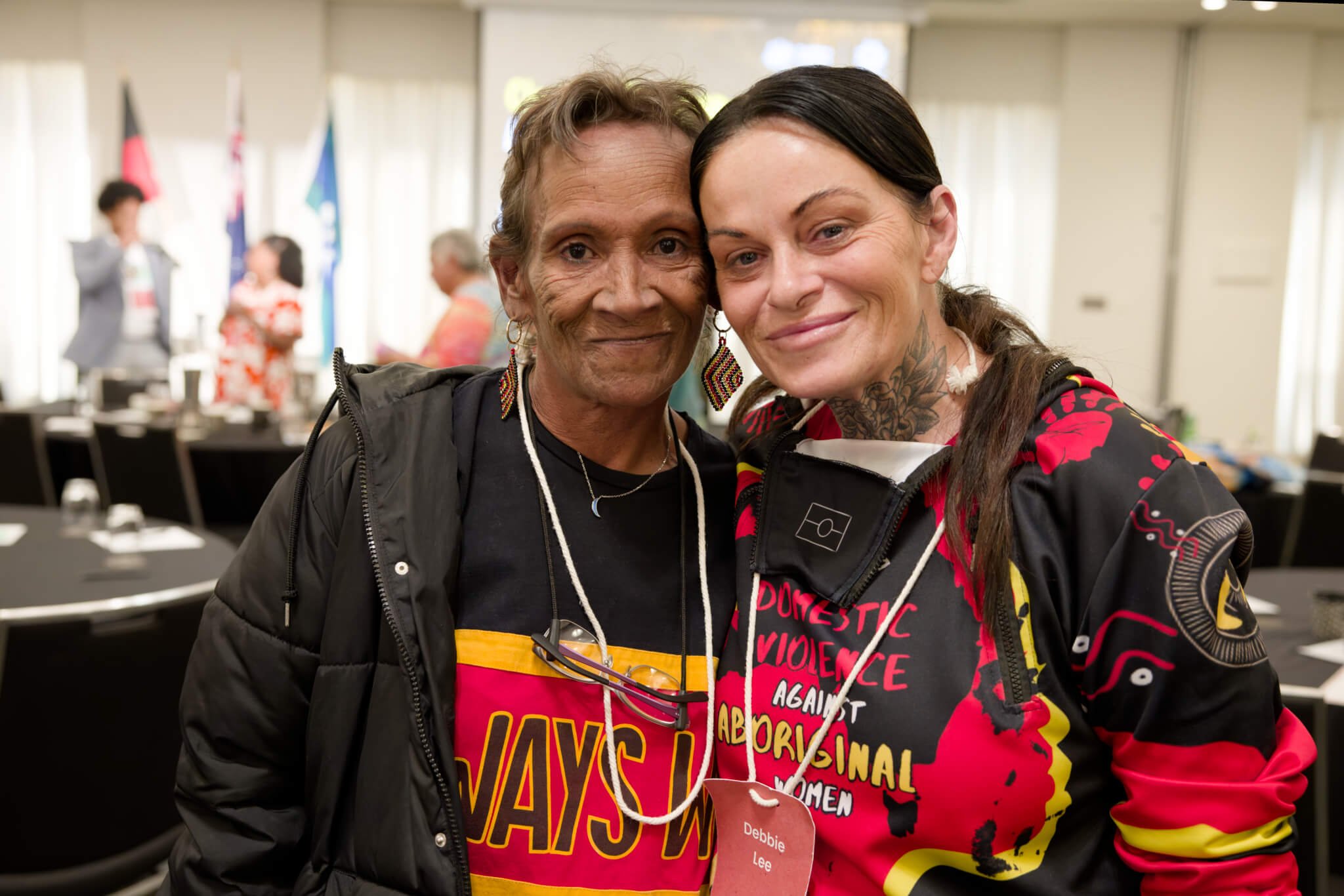
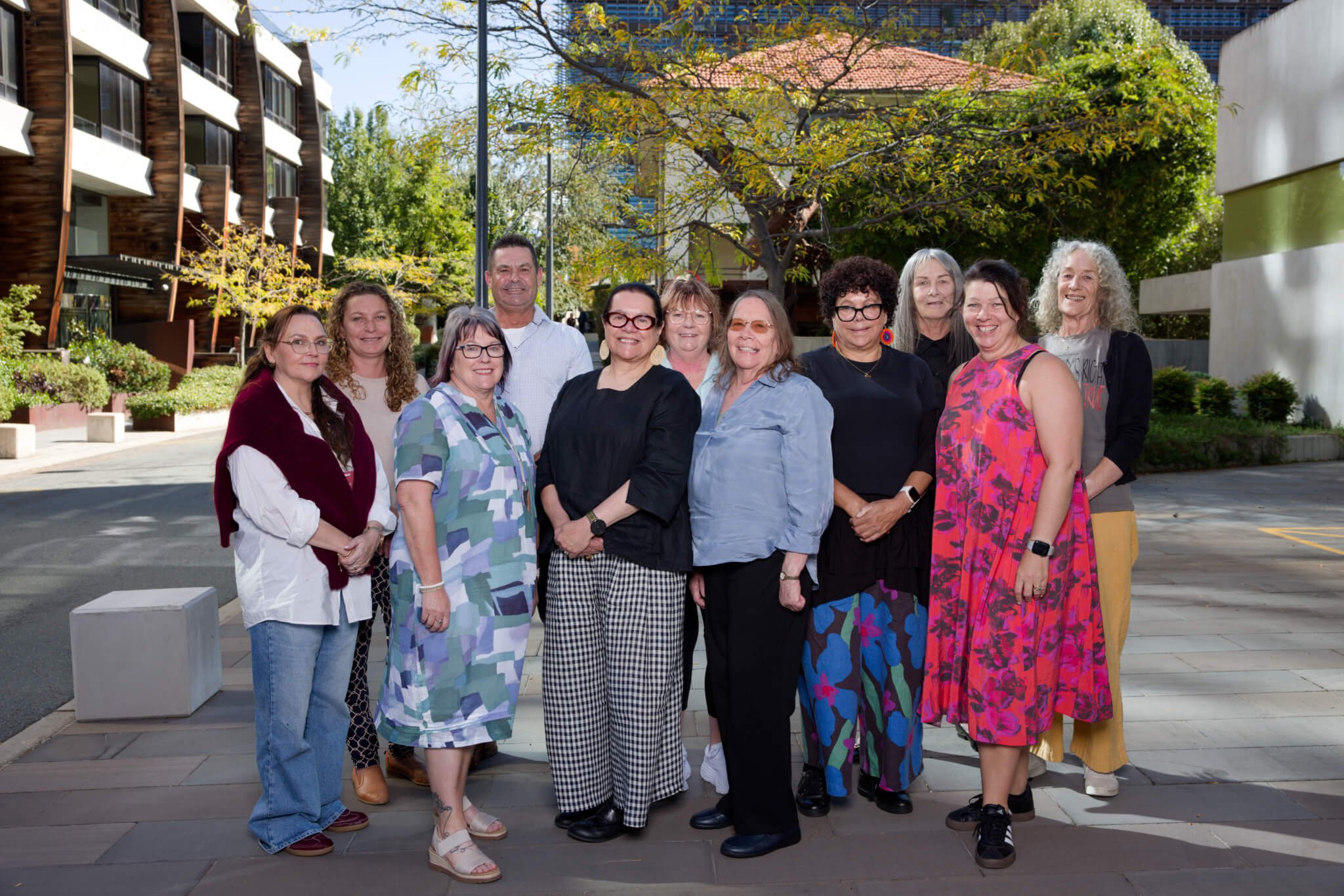
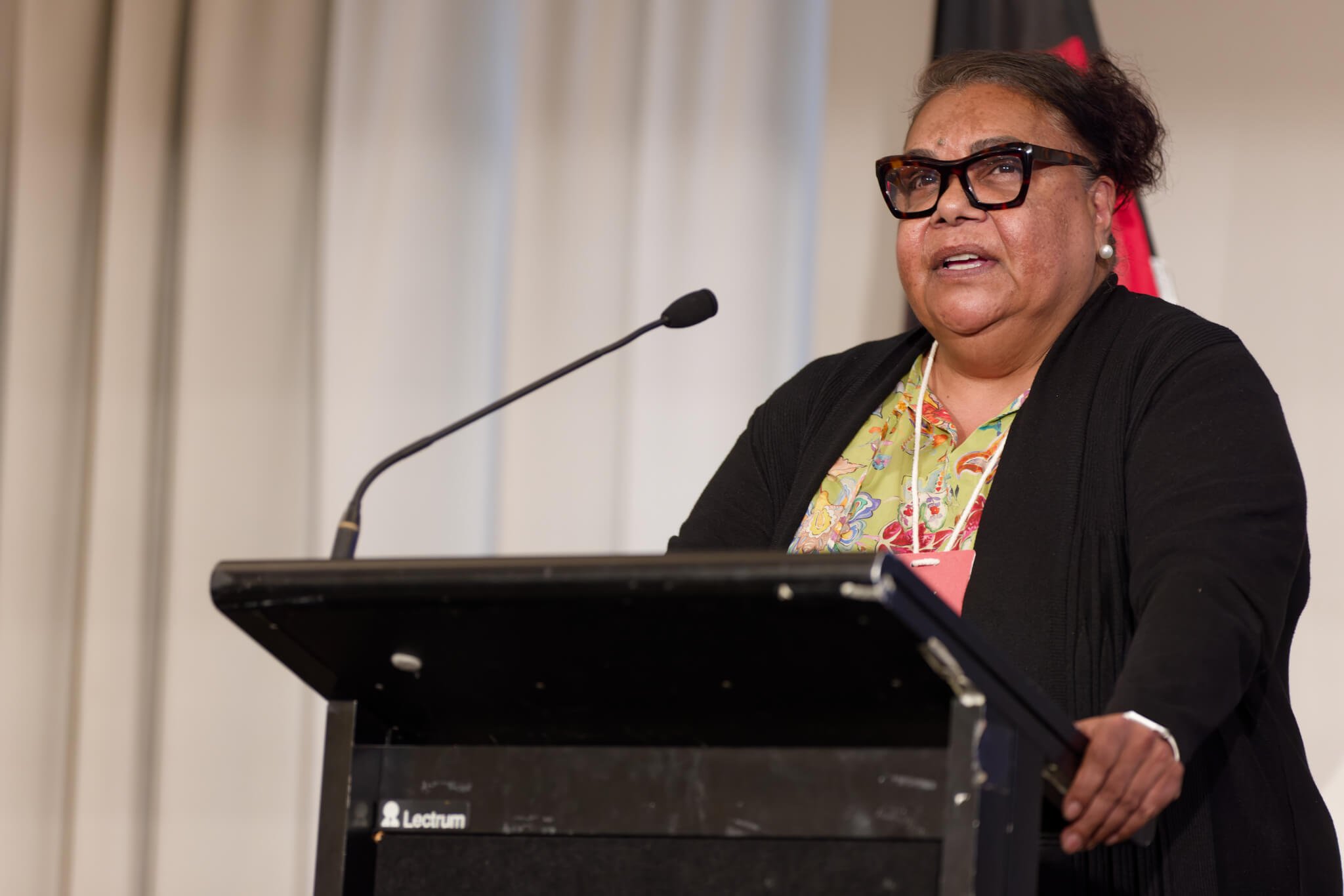
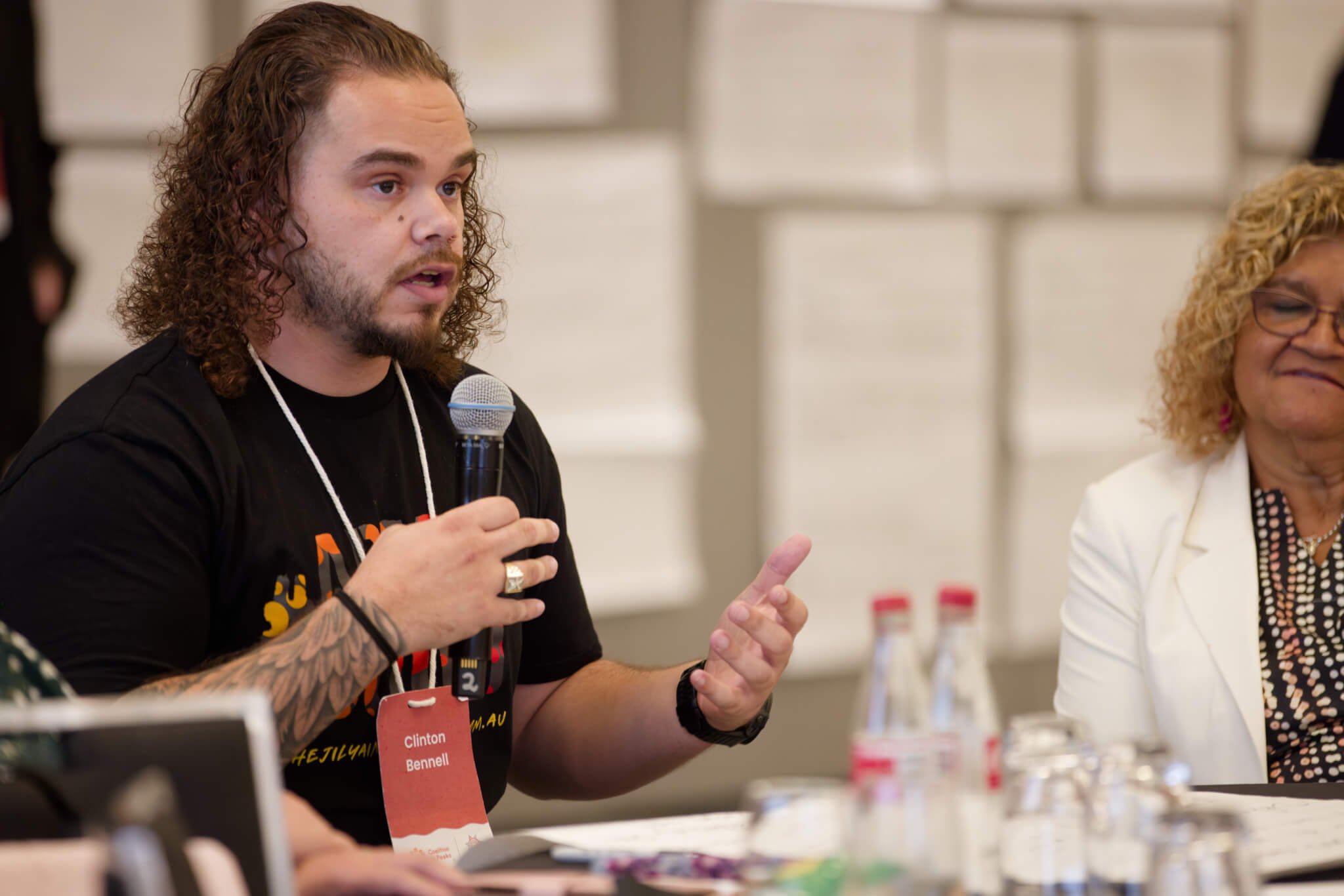
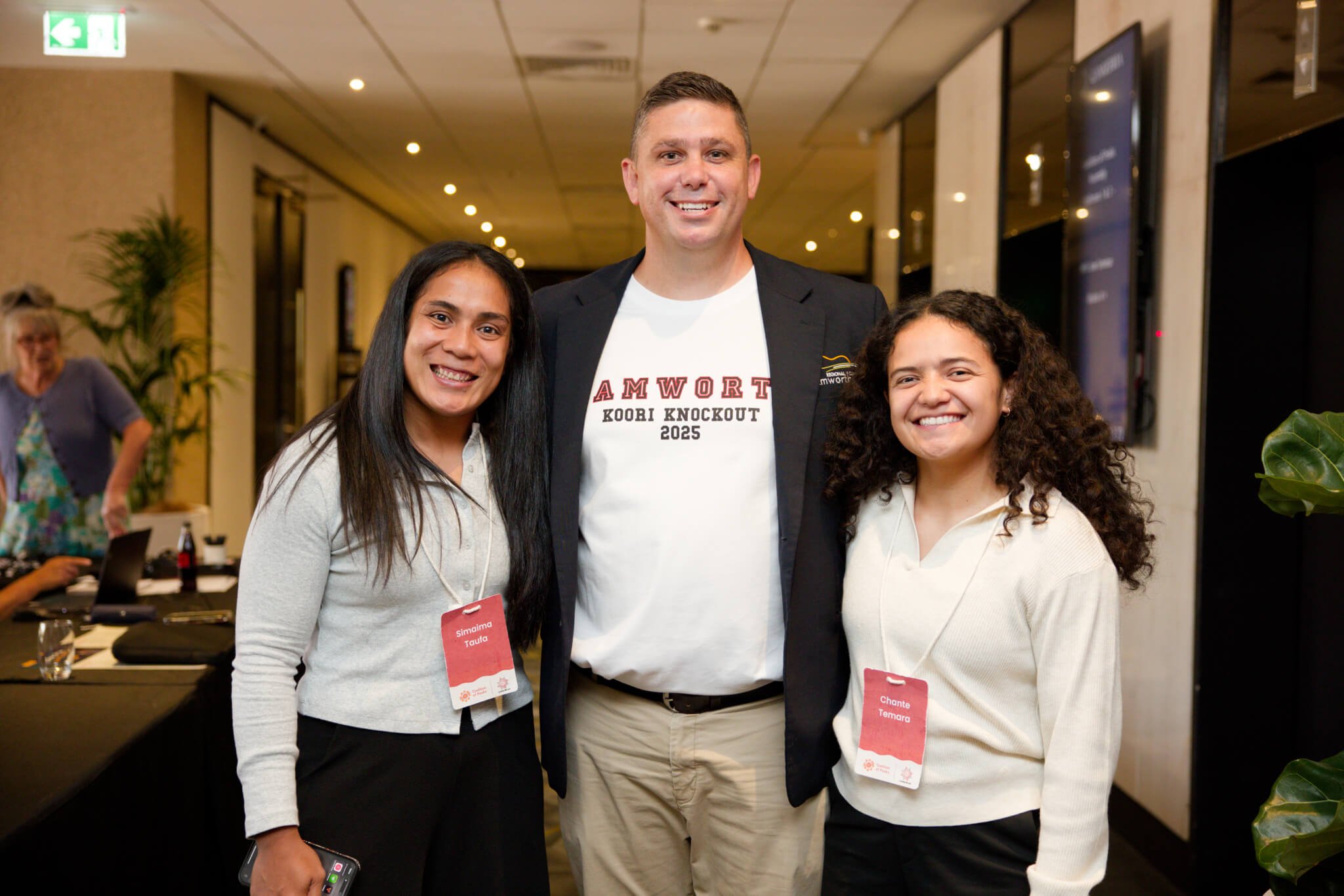
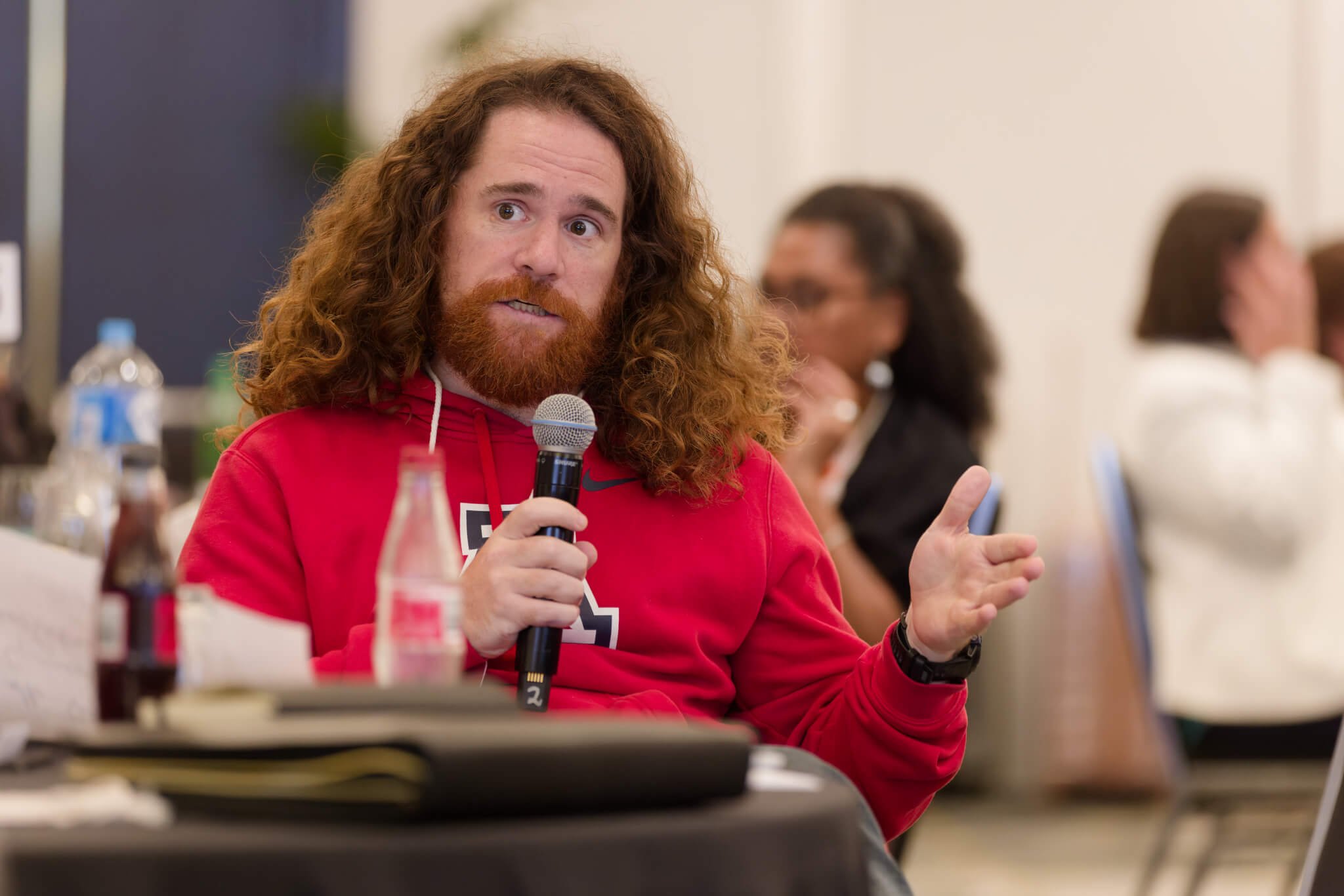
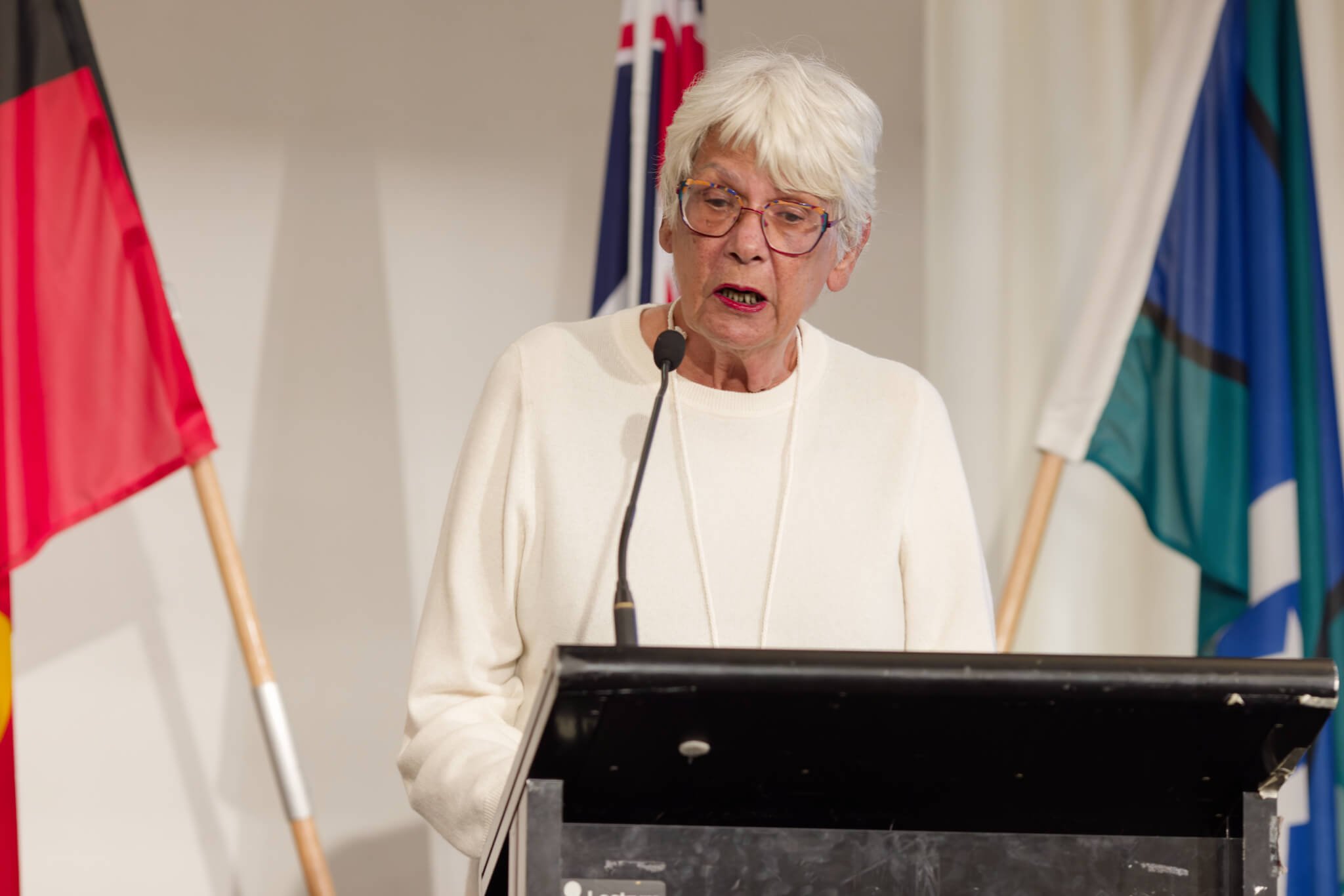
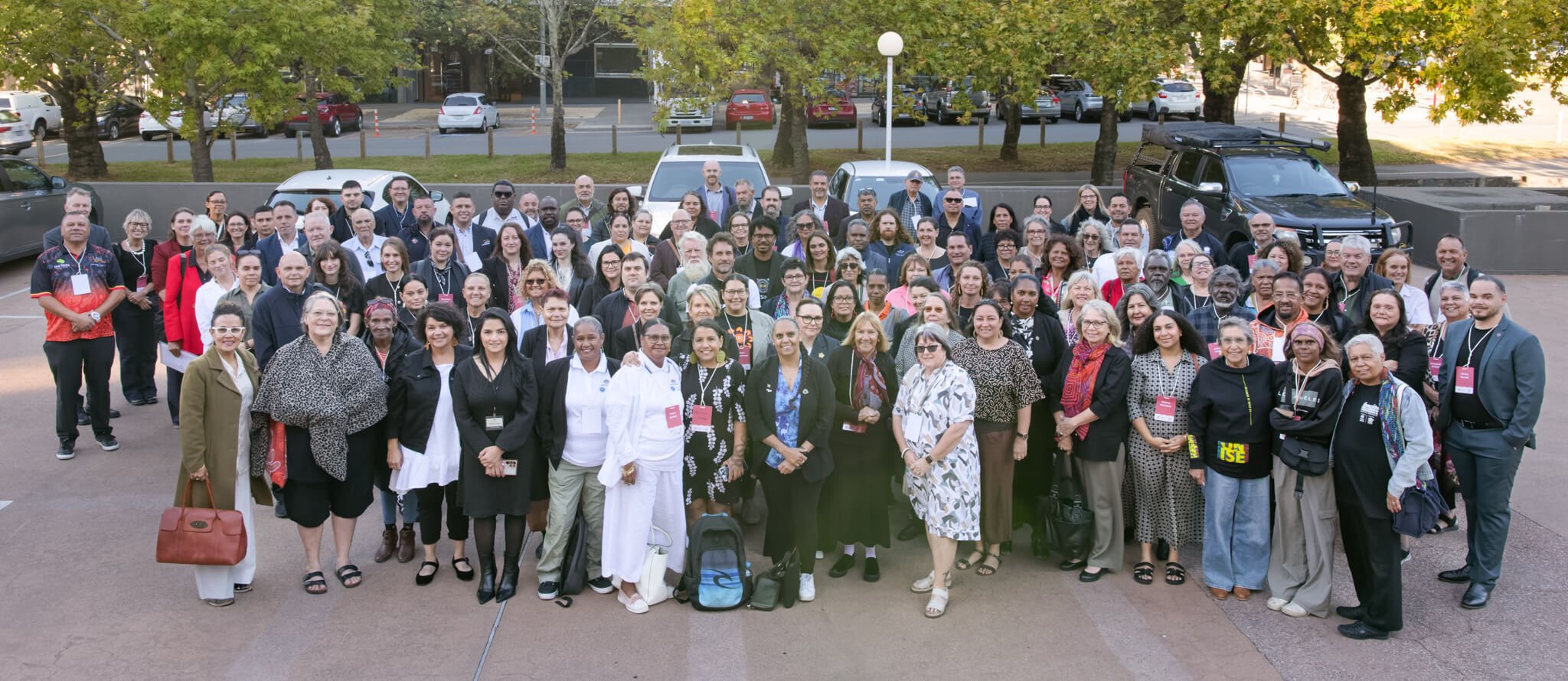
Governance of the Review
A Steering Committee oversaw the Review and guided its integrity. It included:
Five representatives from the Coalition of Peaks
Senior representatives from Commonwealth, State, and Territory governments
One representative from the Australian Local Government Association
The Steering Committee selected the Jumbunna Institute and supported the Review to follow the agreed Terms of Reference.
-

WHAT'S NEXT?
The Review is a line in the sand. It sets out a clear direction for where governments must go next — and where communities are already leading.
The Coalition of Peaks is calling on all governments to act on the recommendations, uphold their commitments, and move from words to action.
-

GET IN TOUCH
Have questions? Want to speak to someone about the Review? For more information get in touch using one of the methods below:
Phone: 02 9514 2961
Email: admin.jumbunnaresearch@uts.edu.au.


